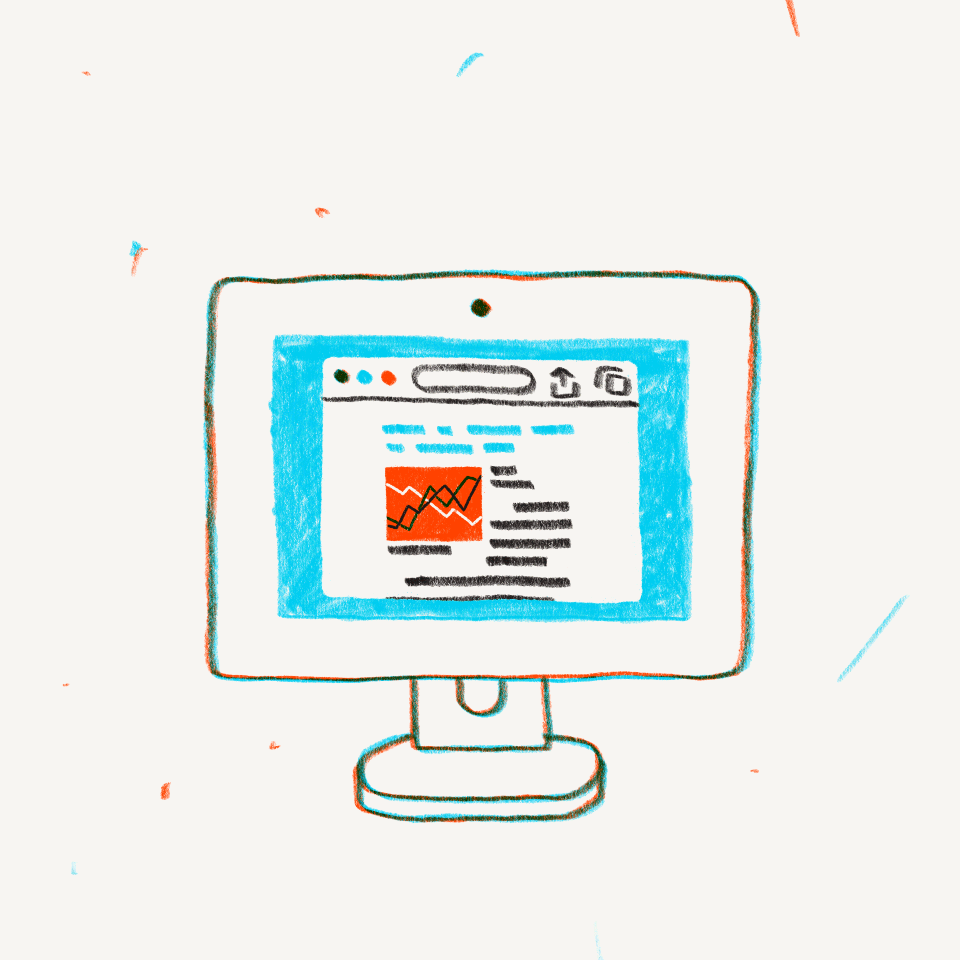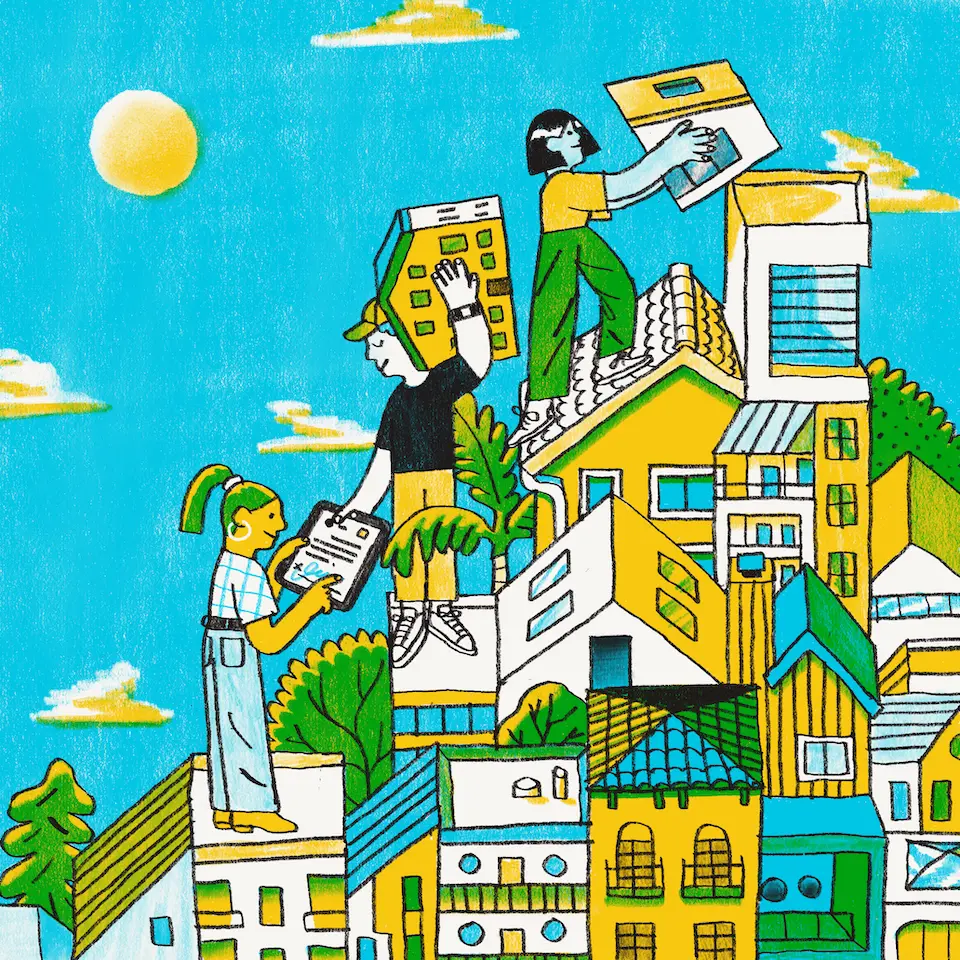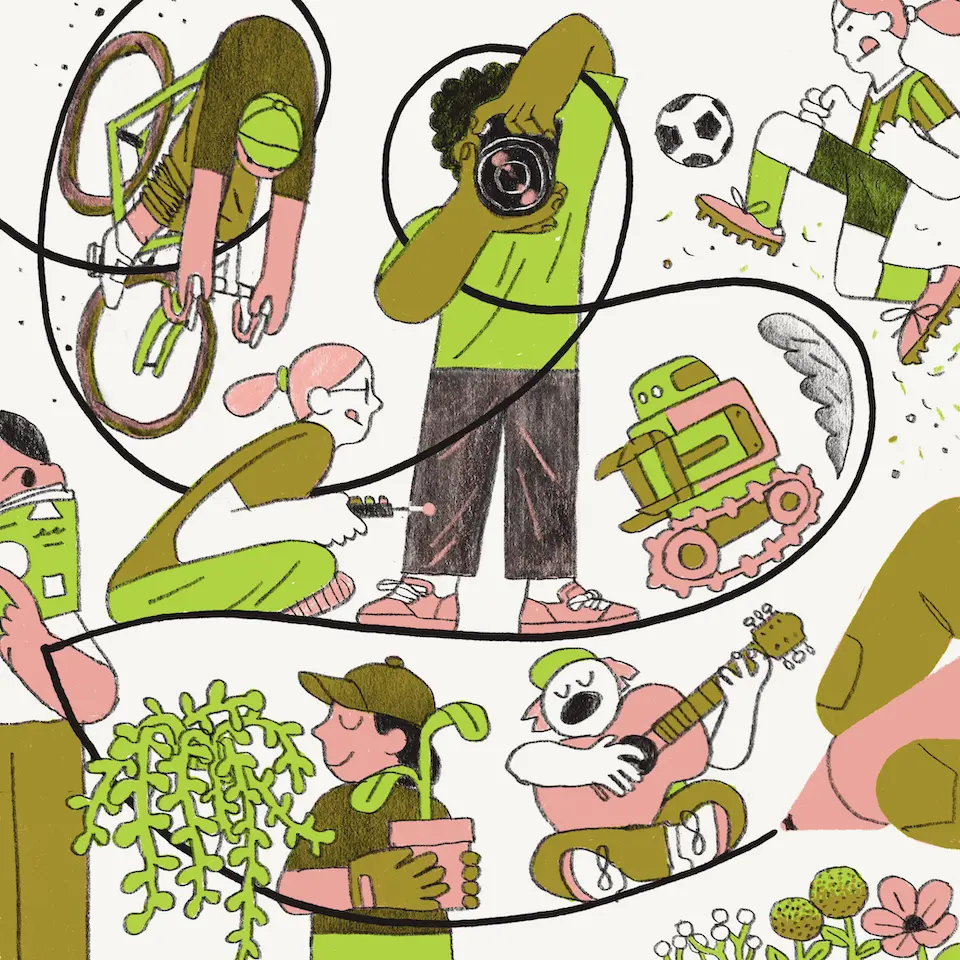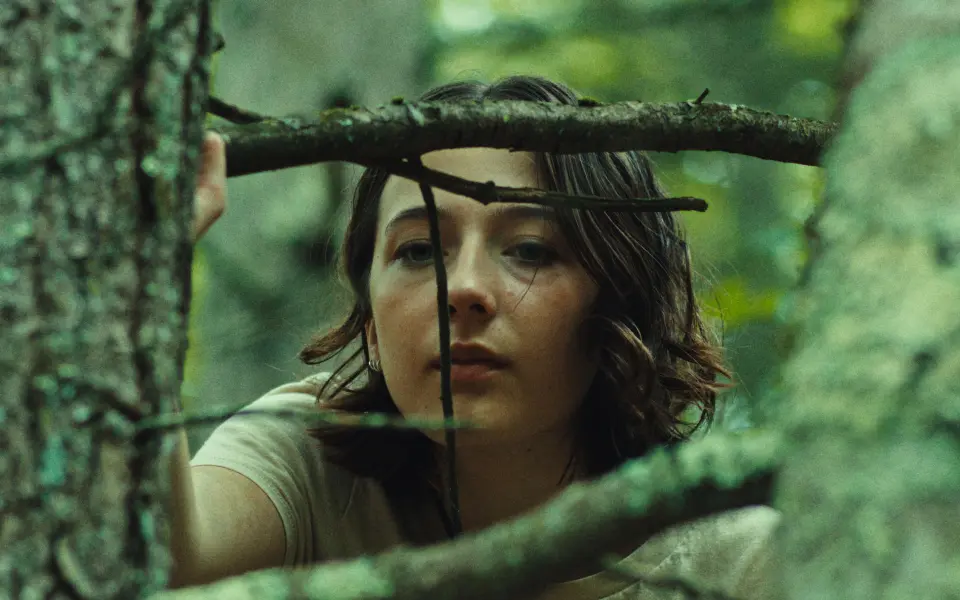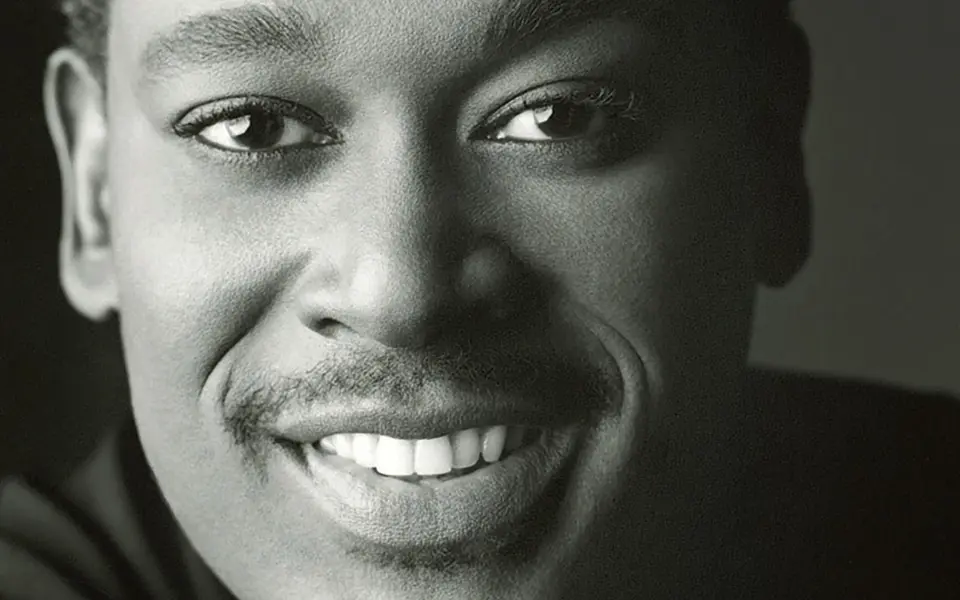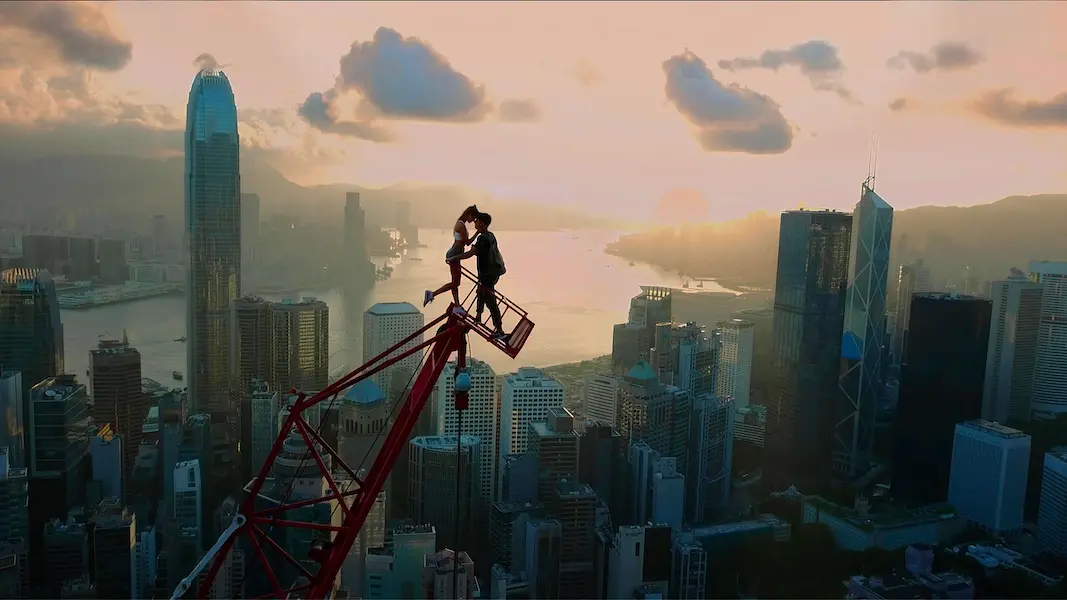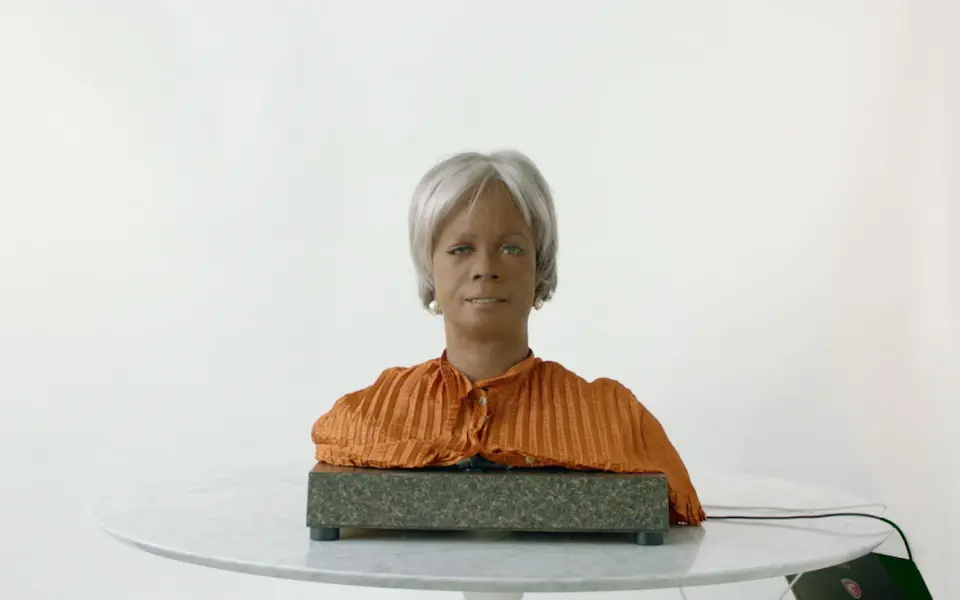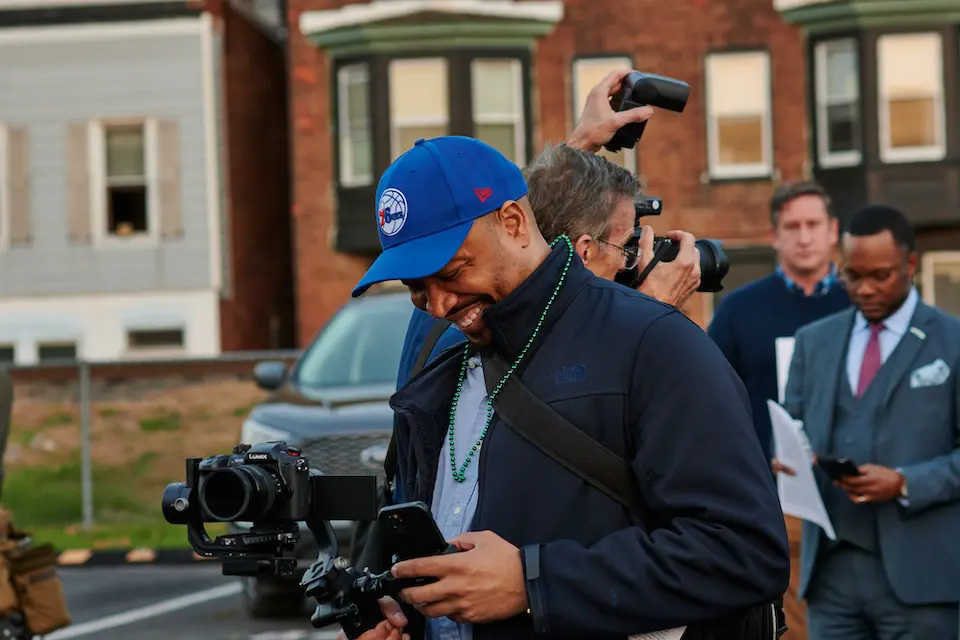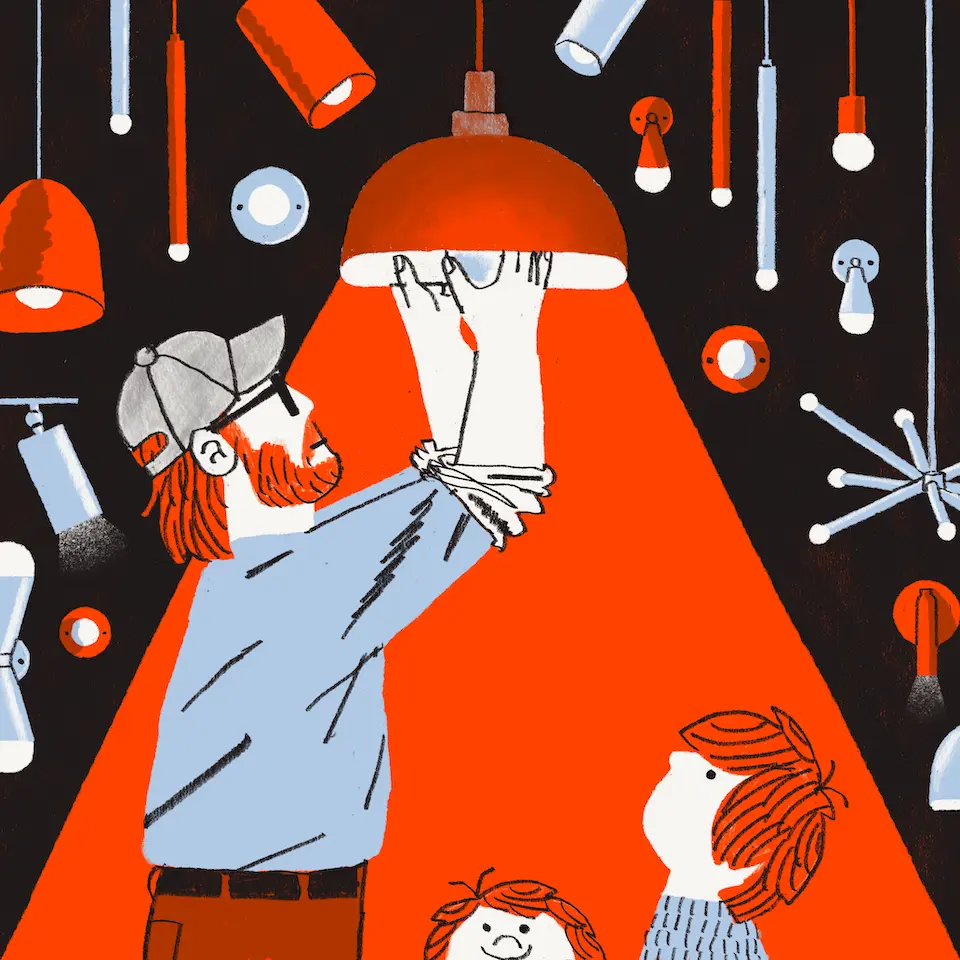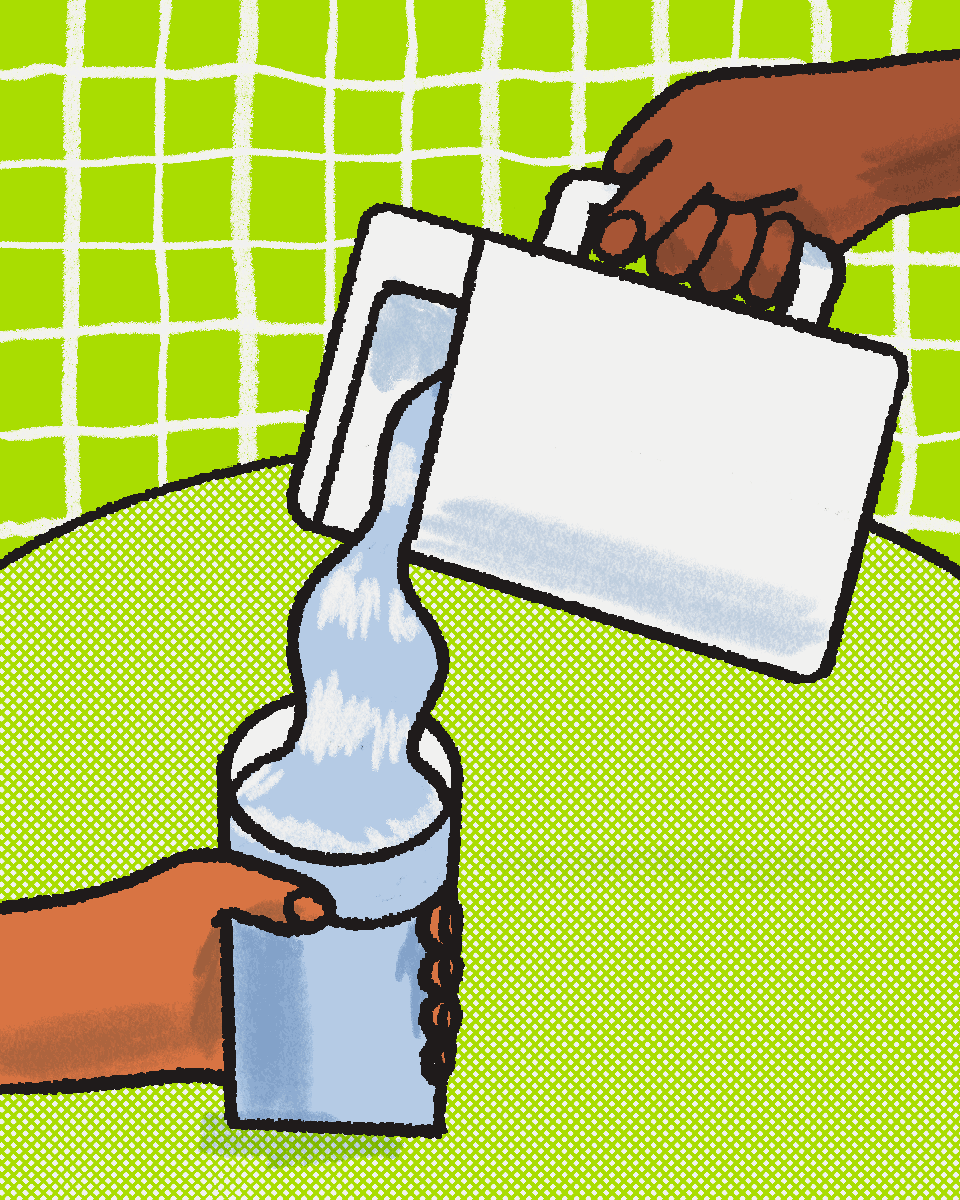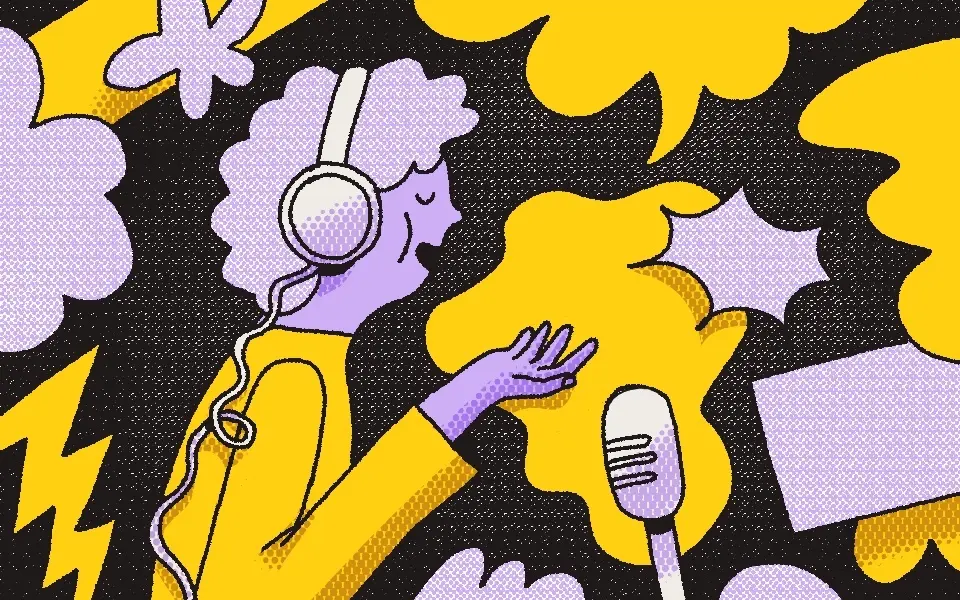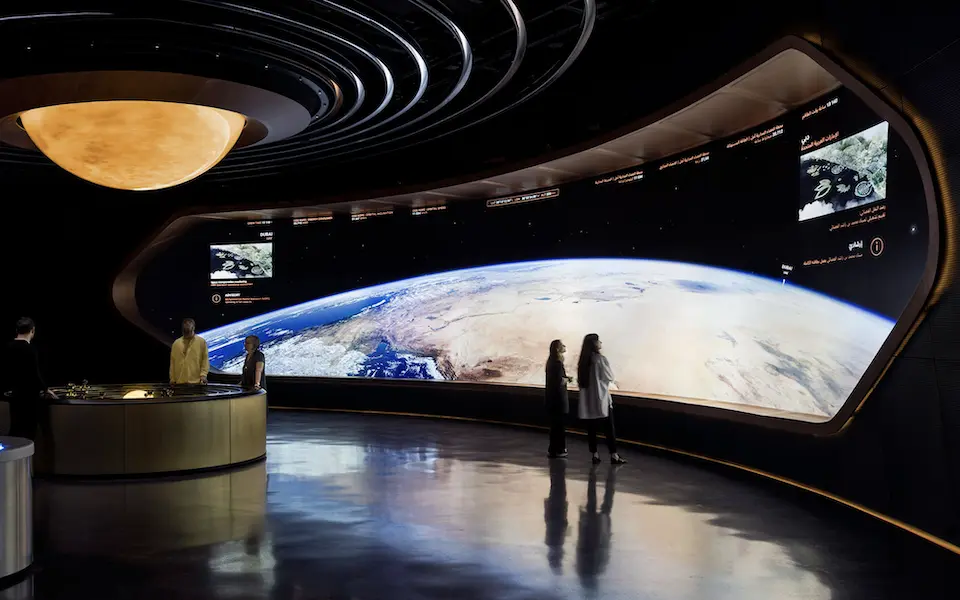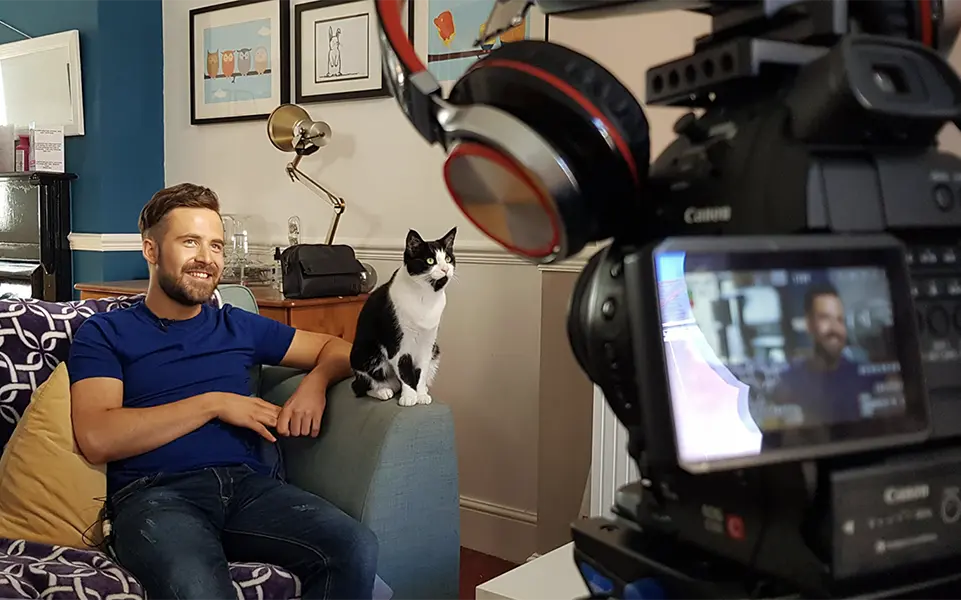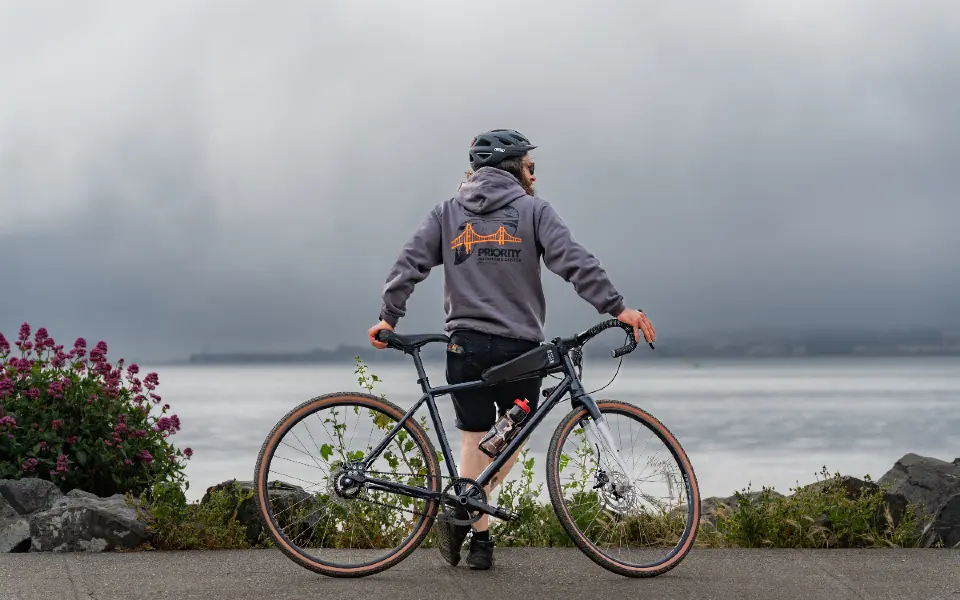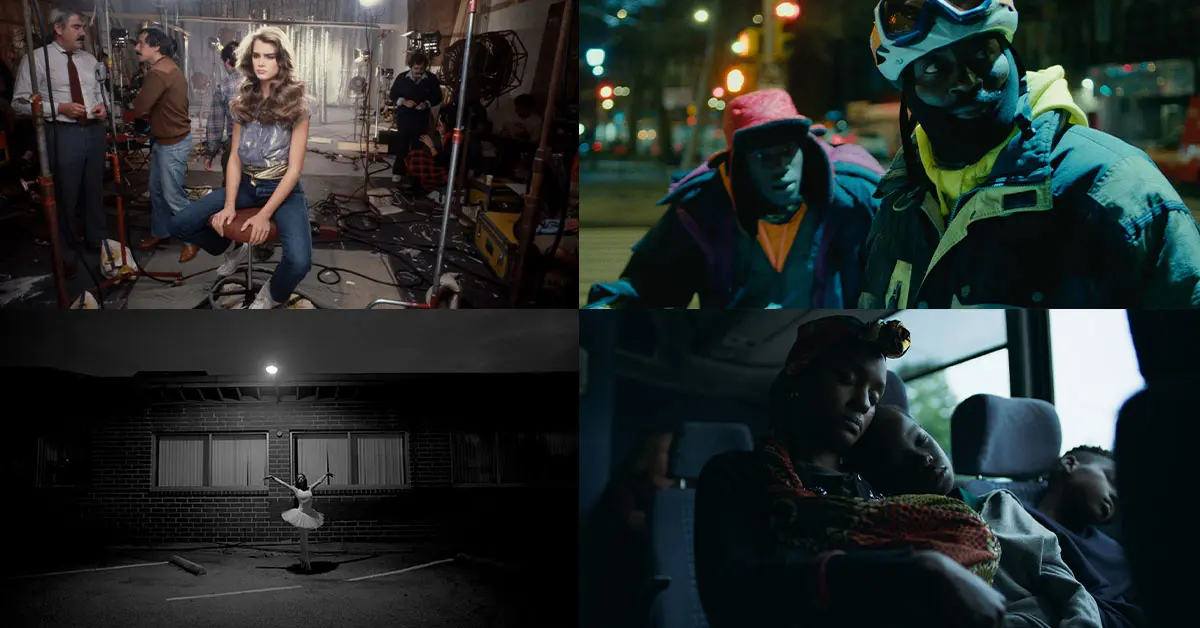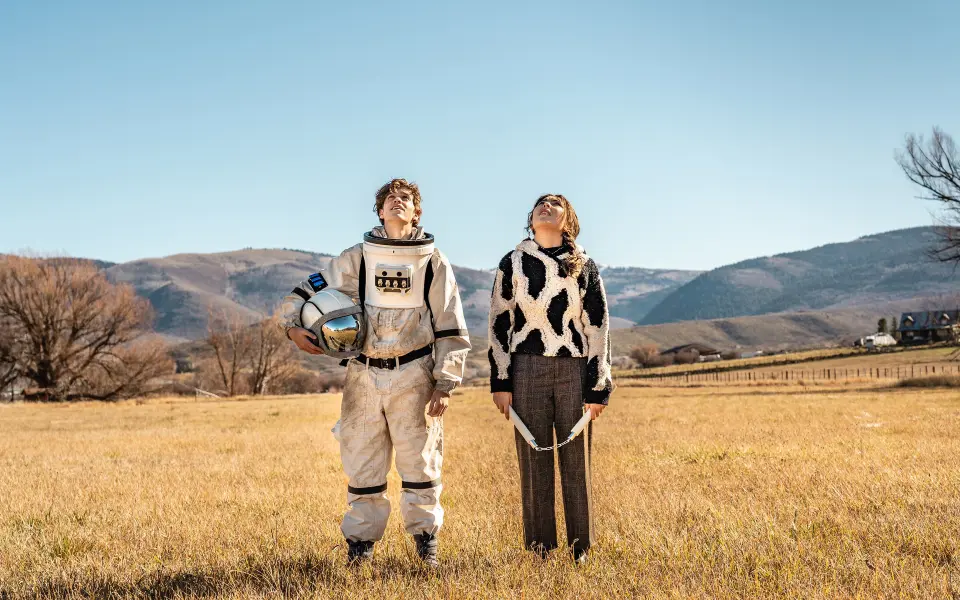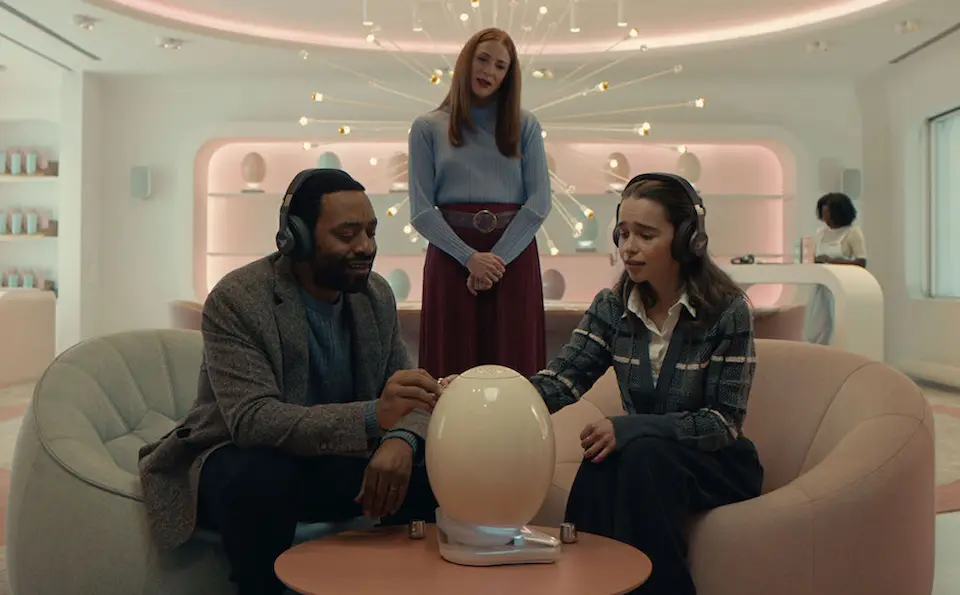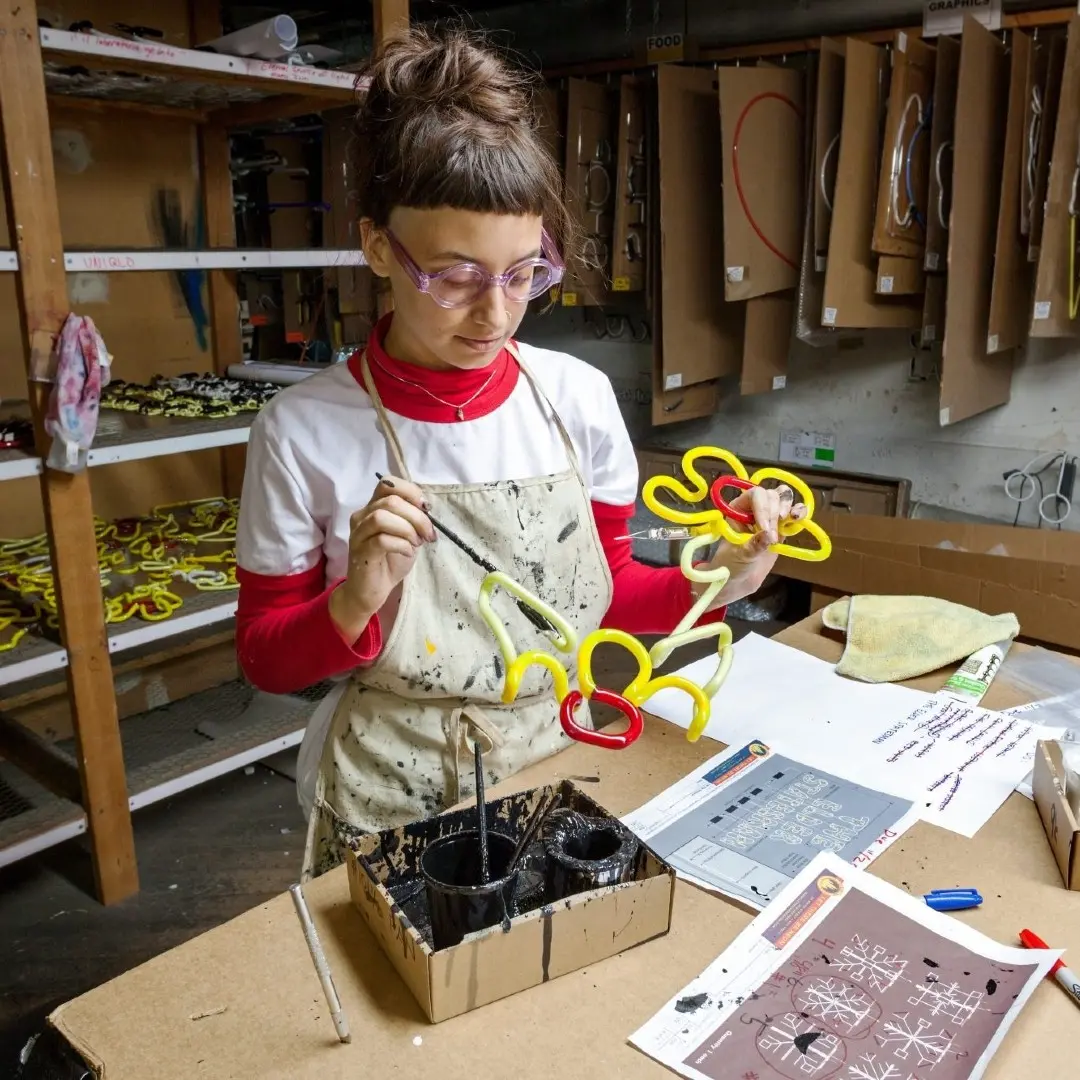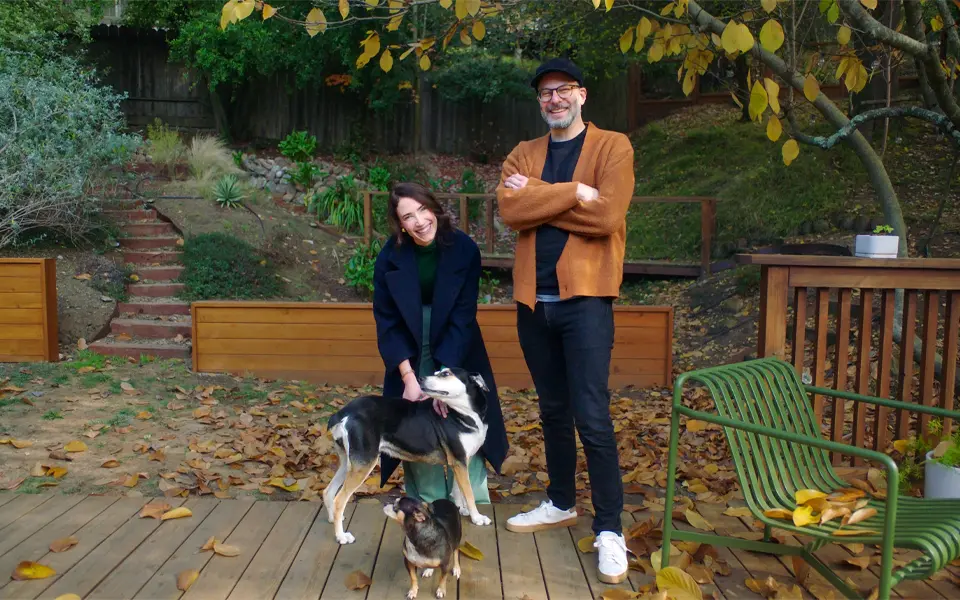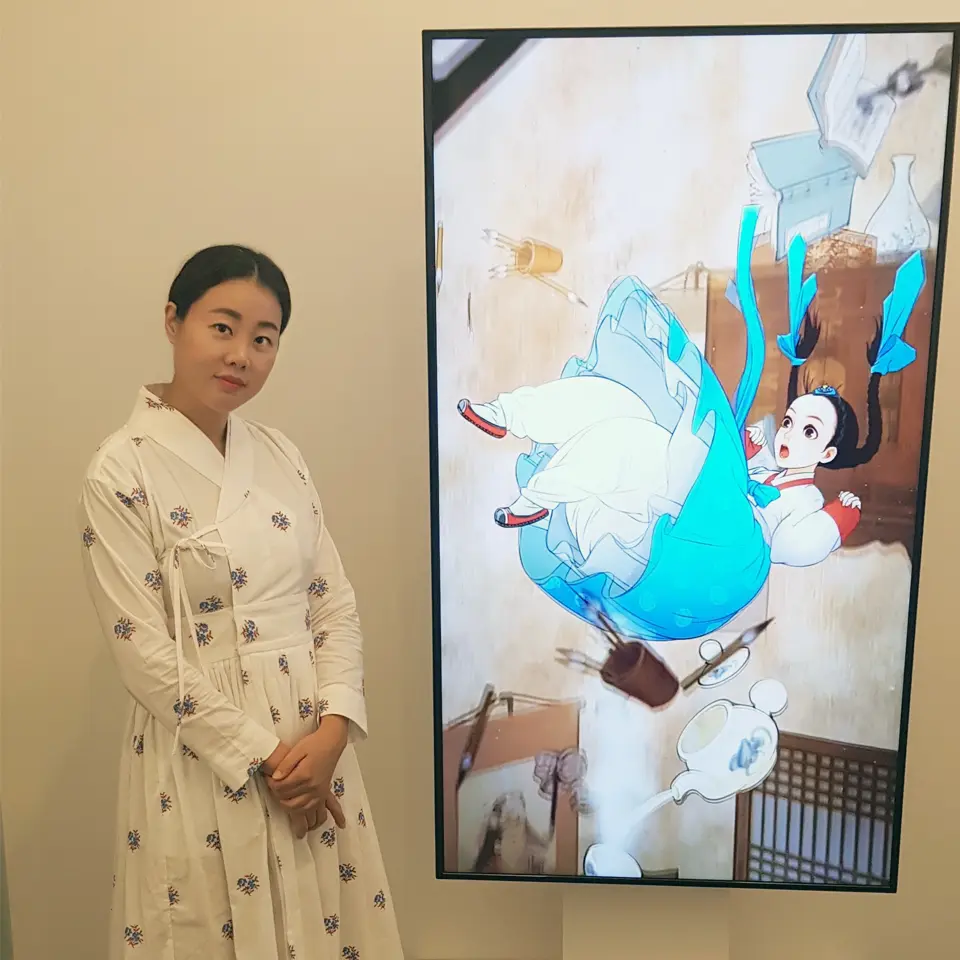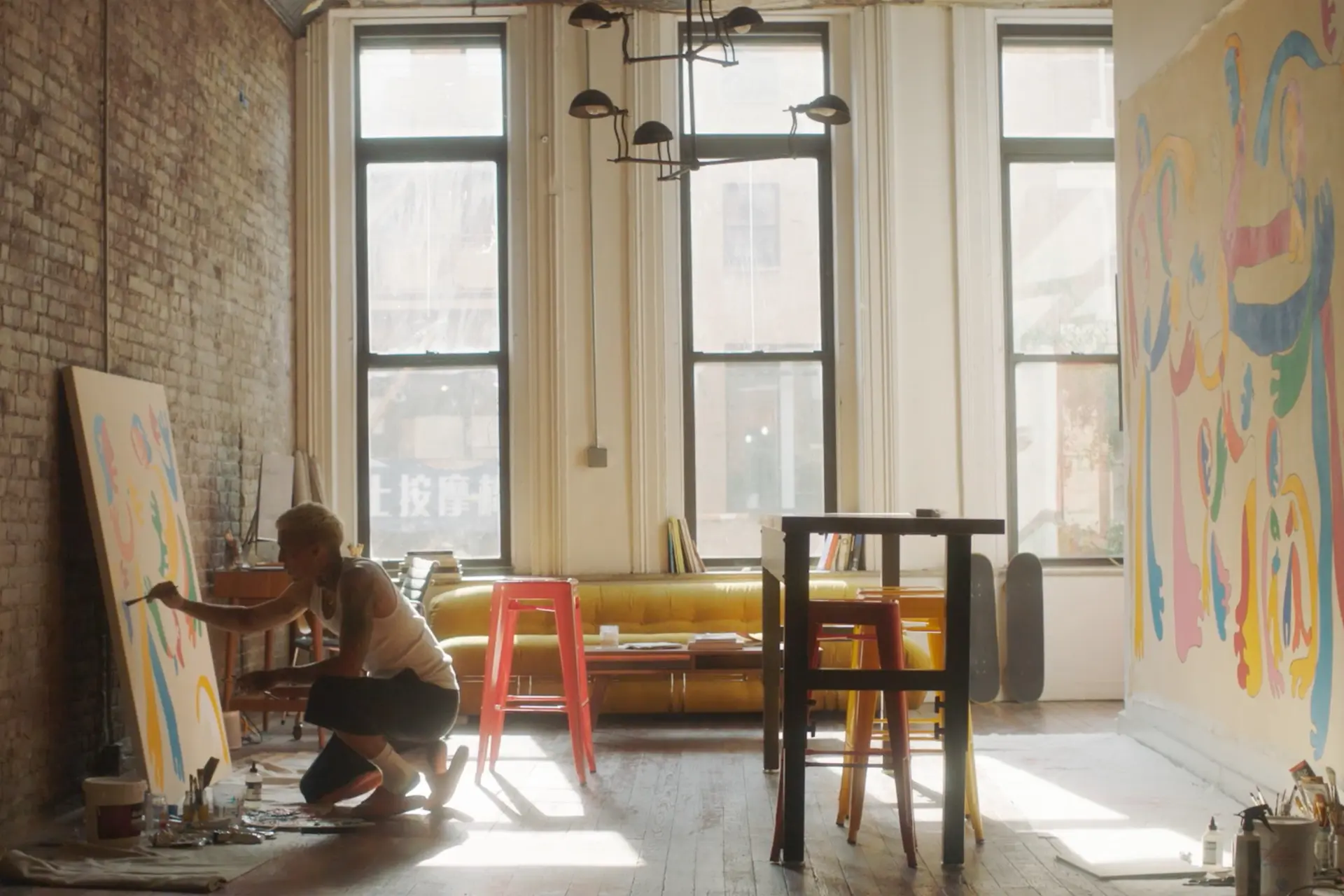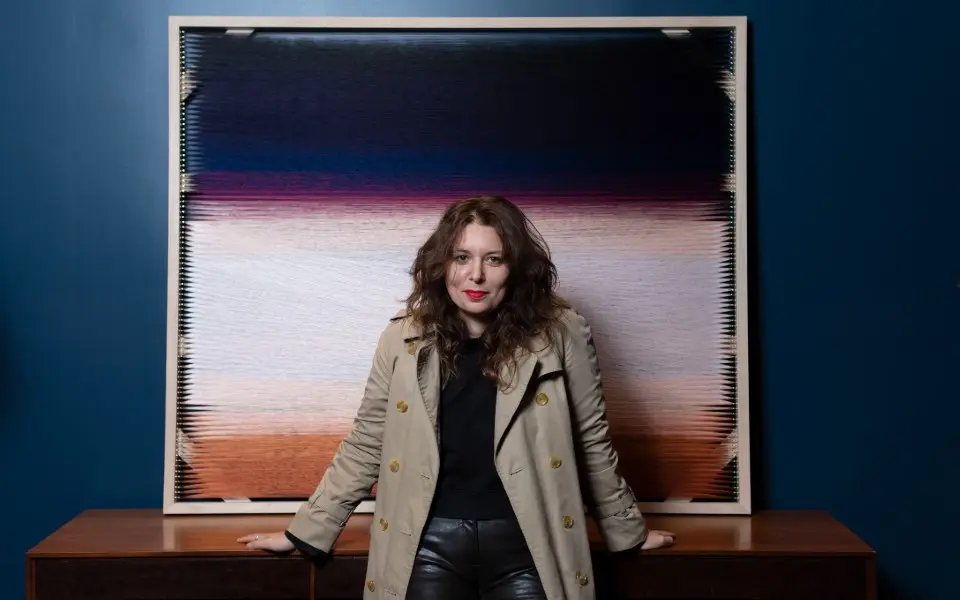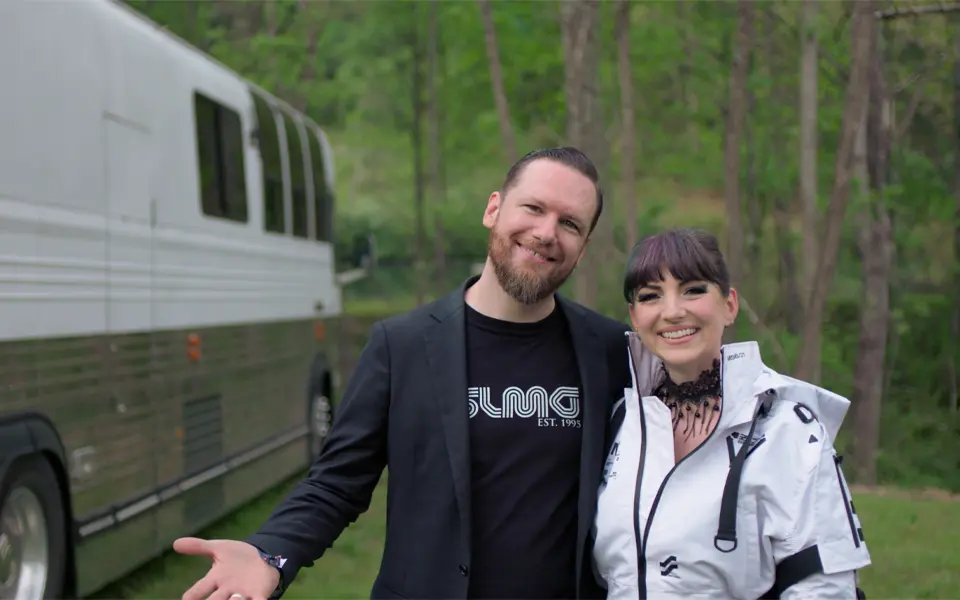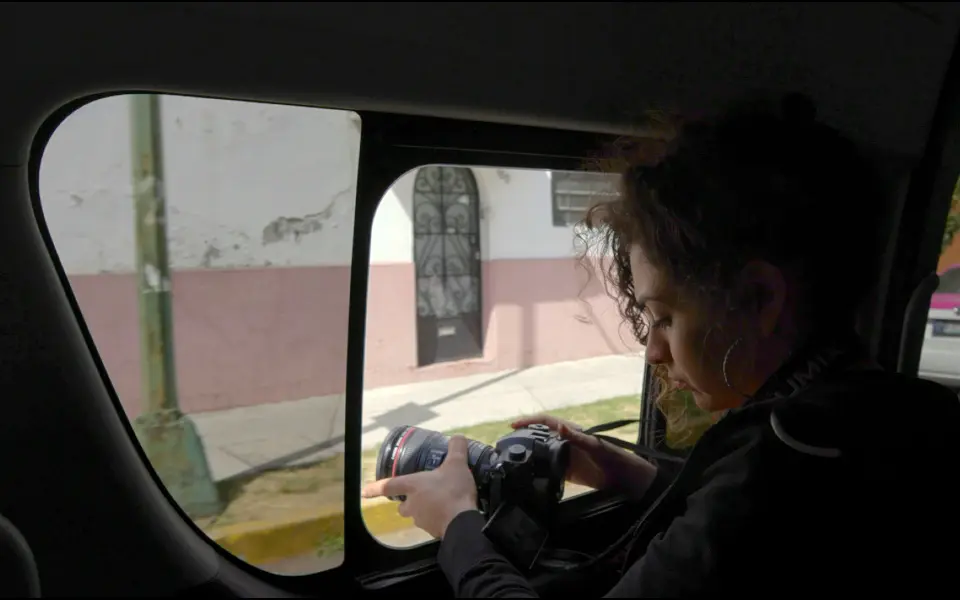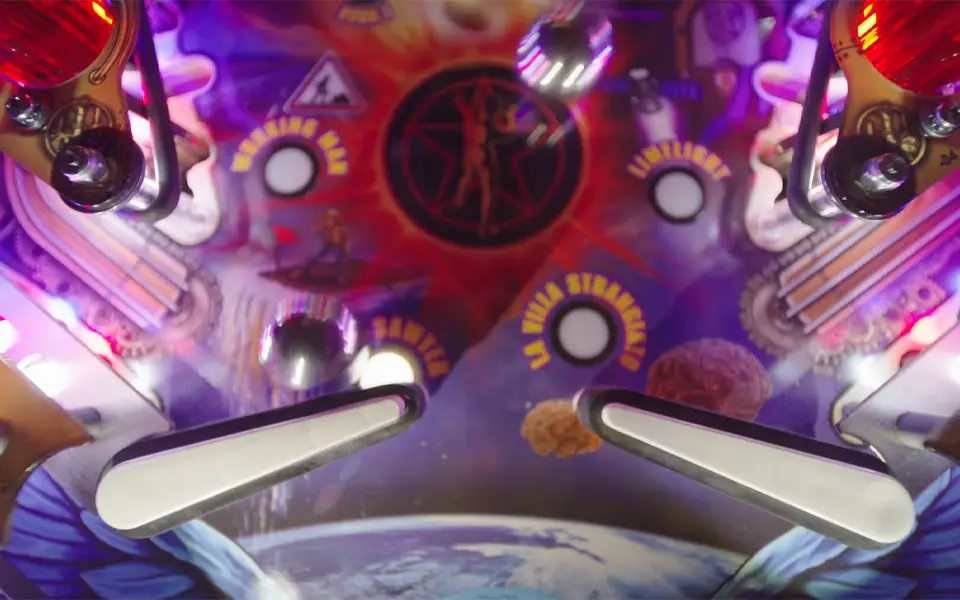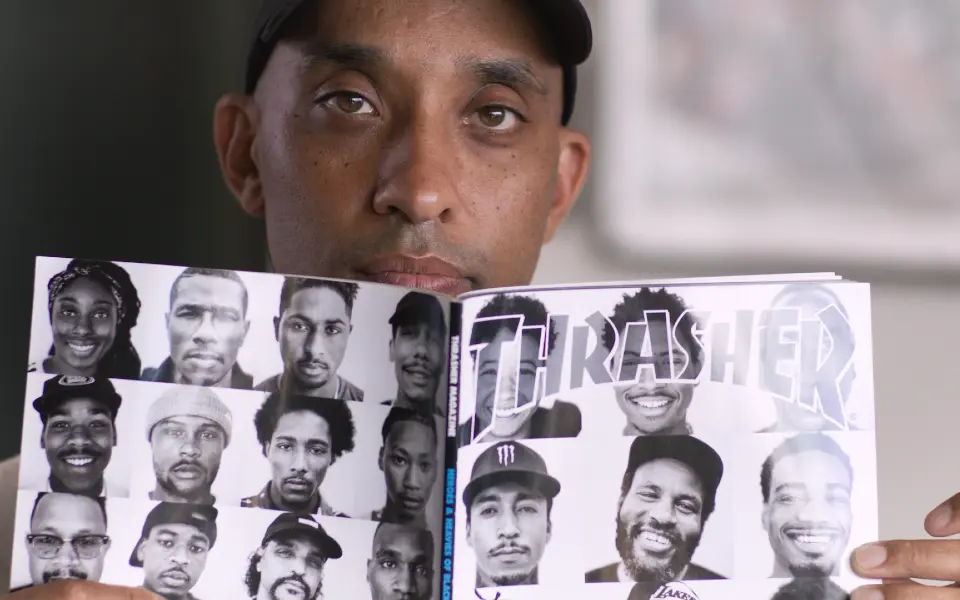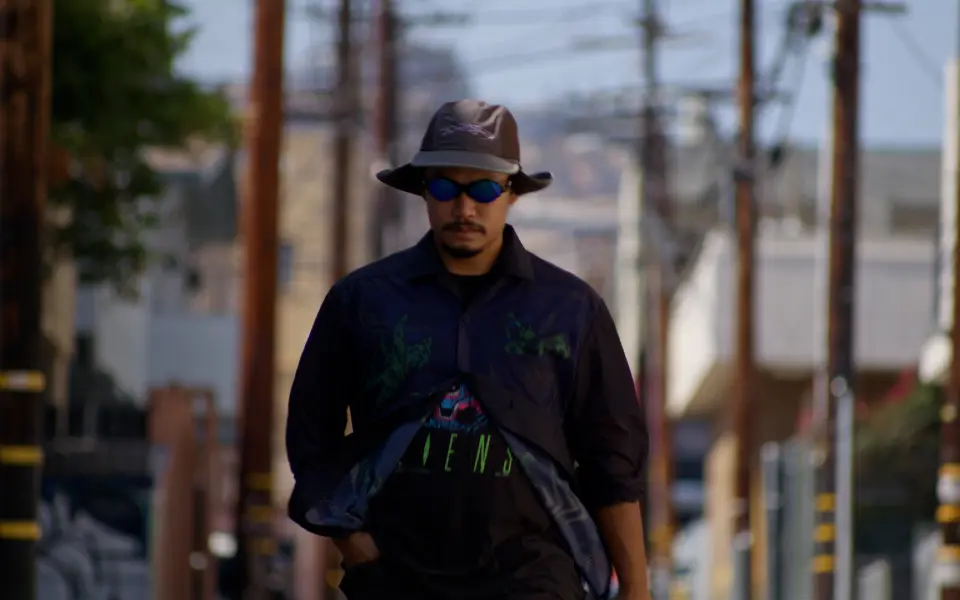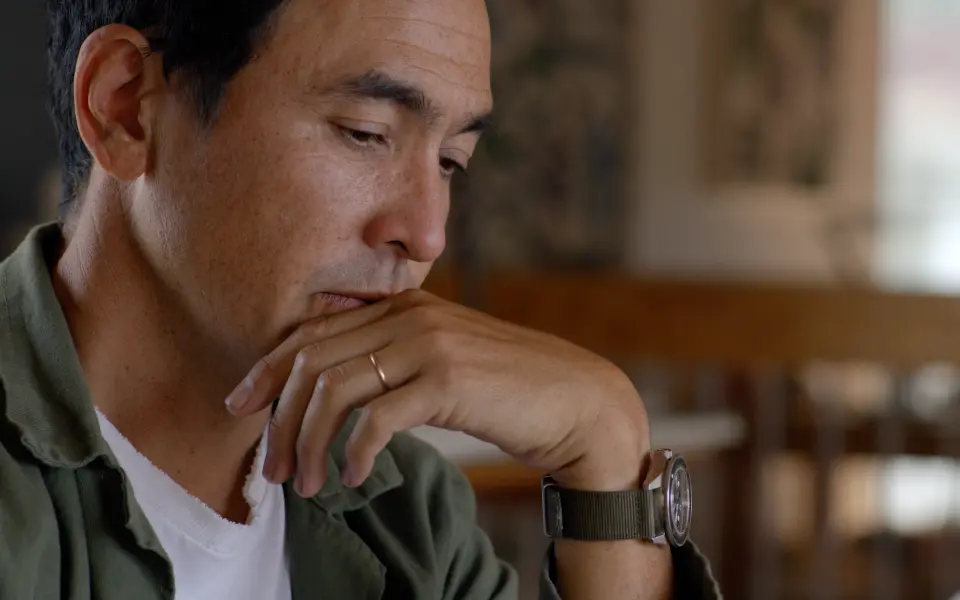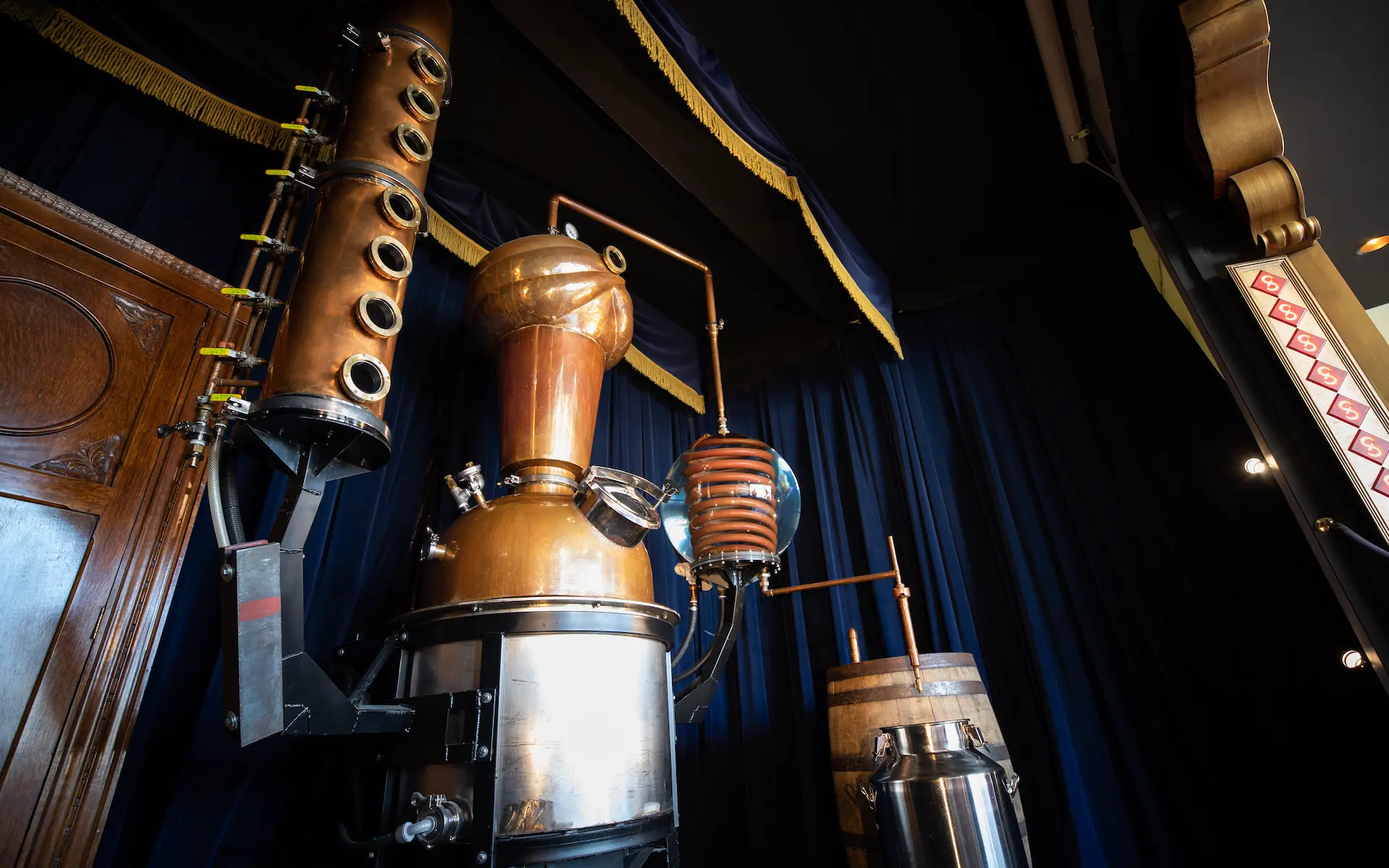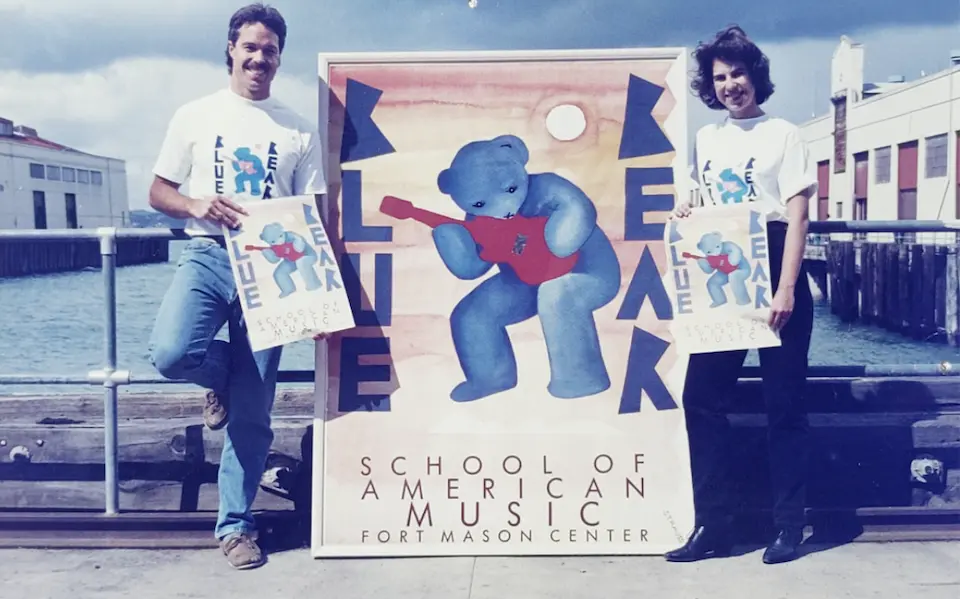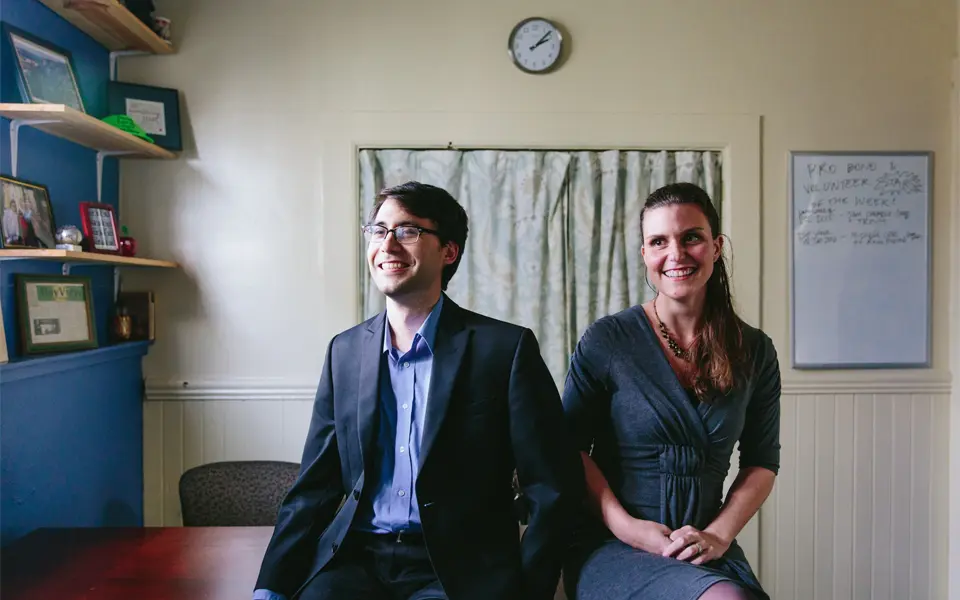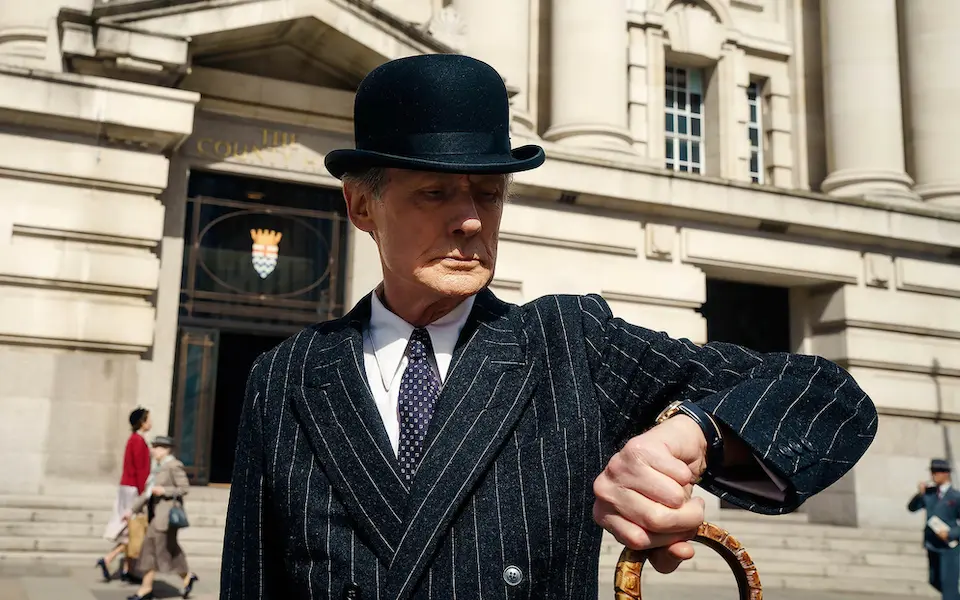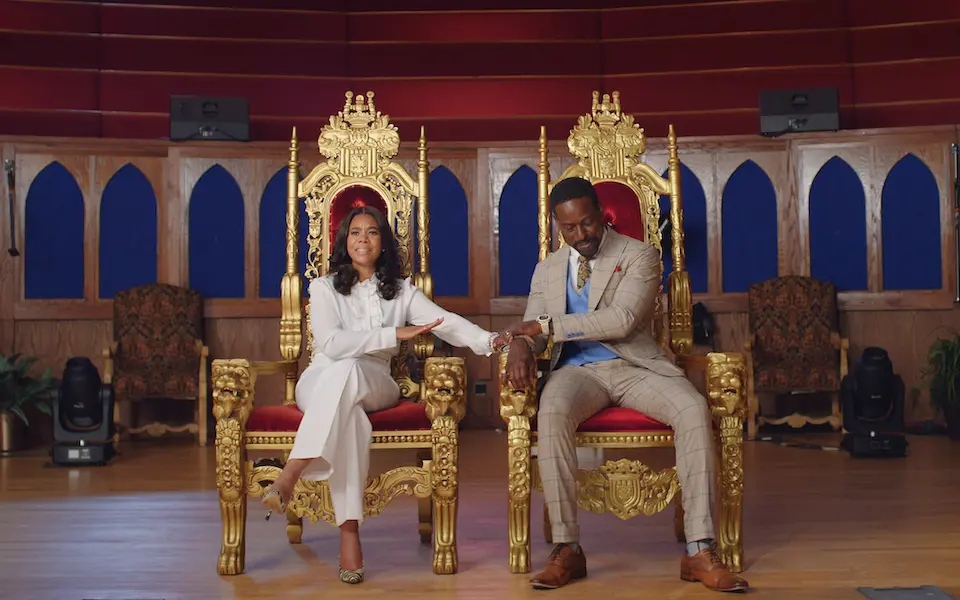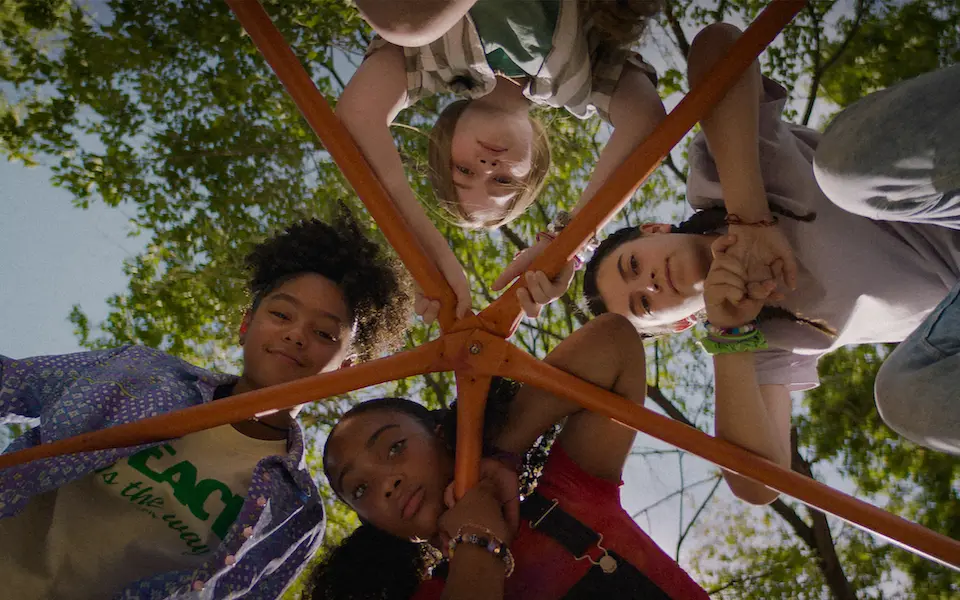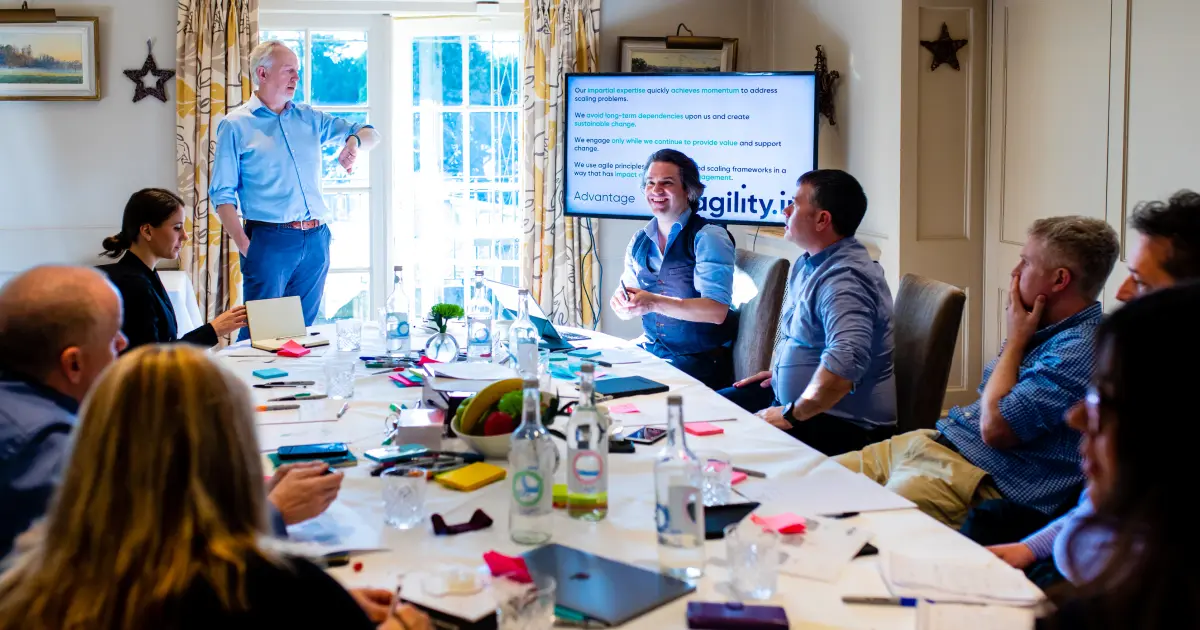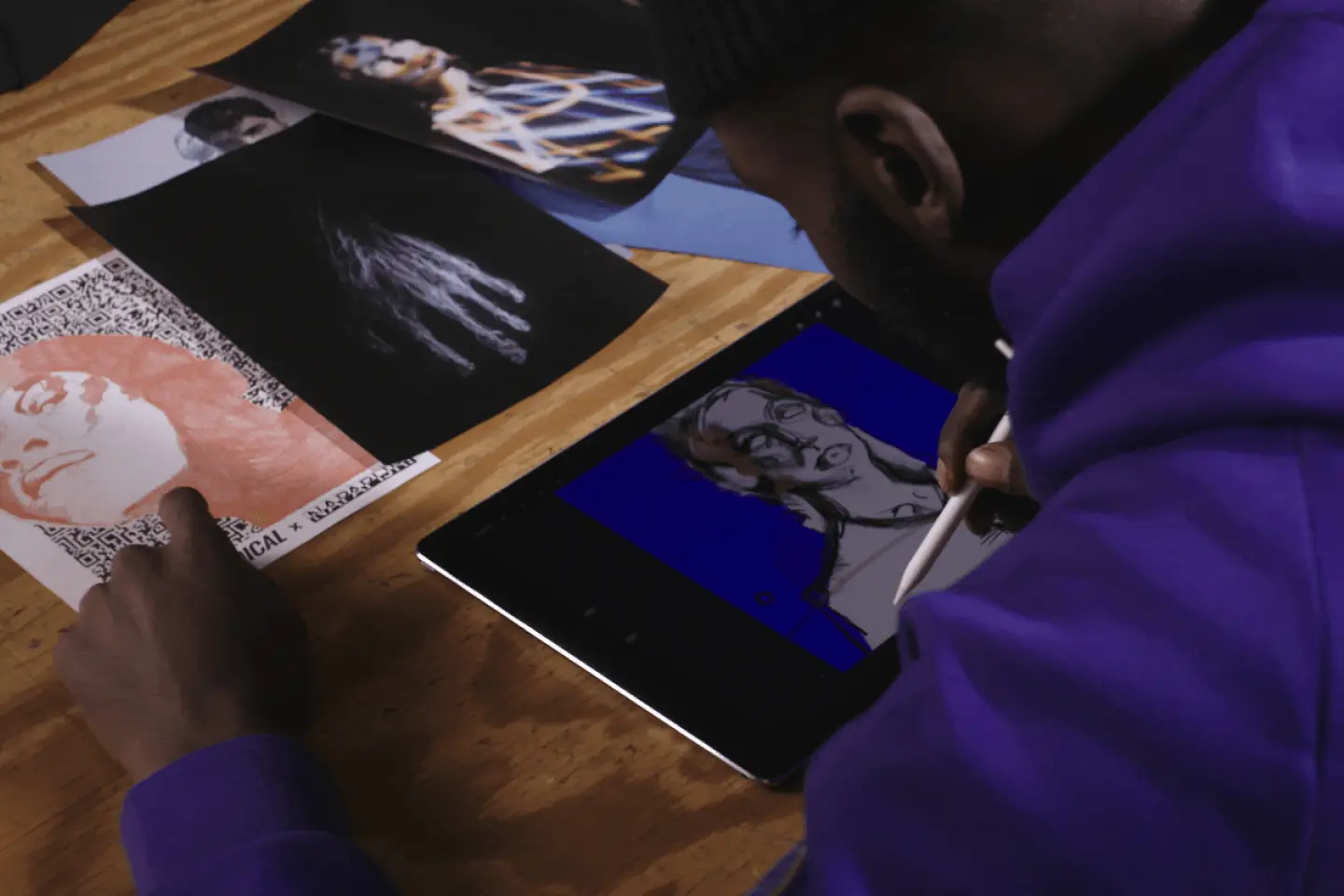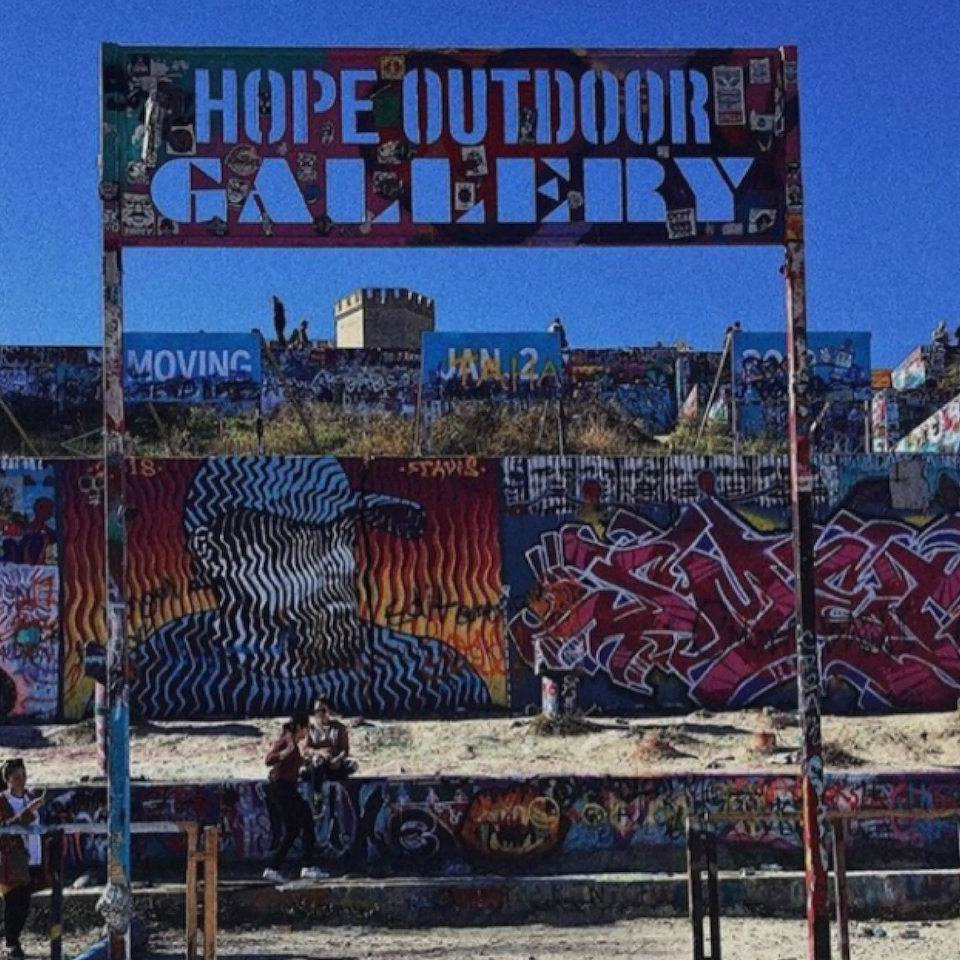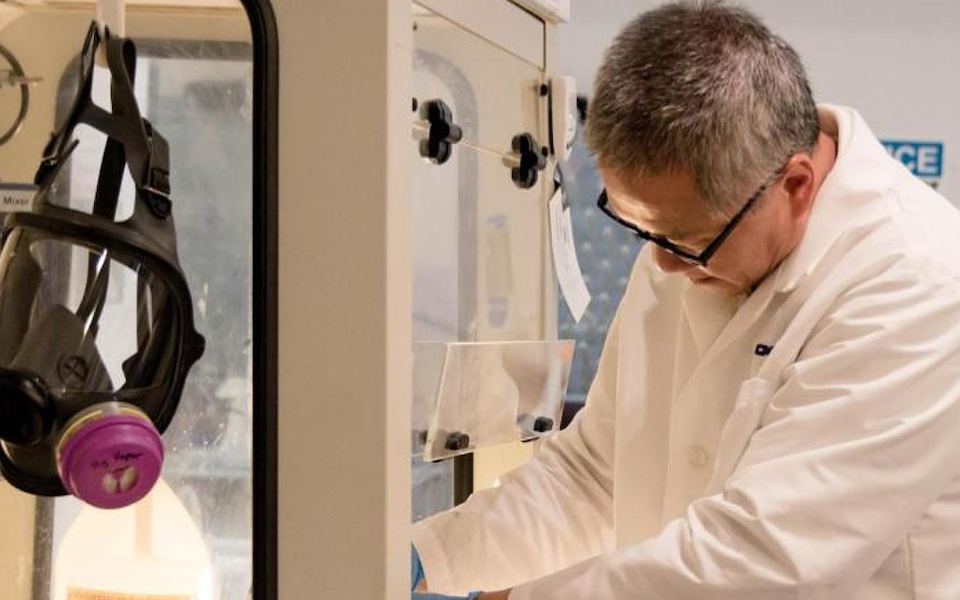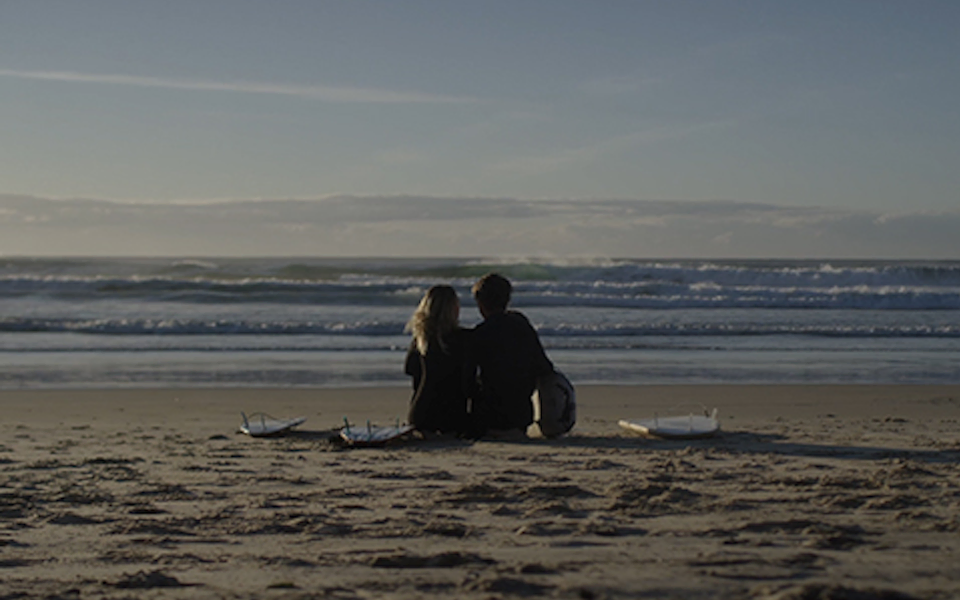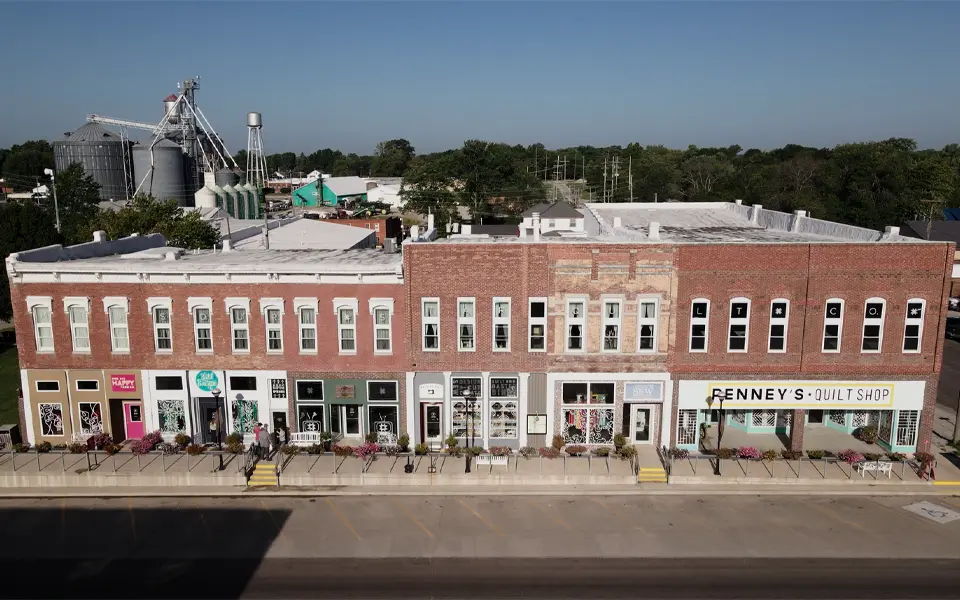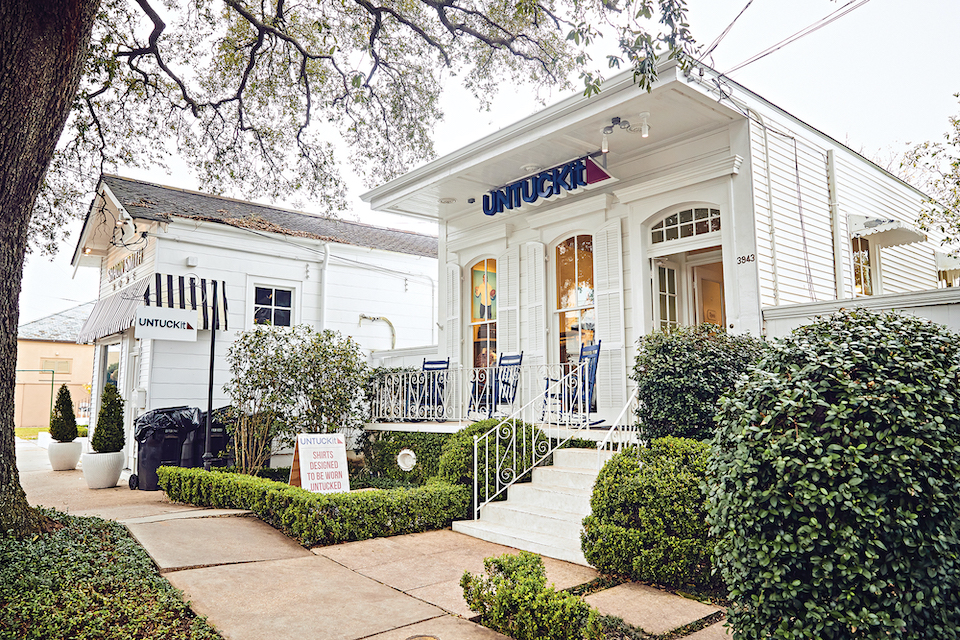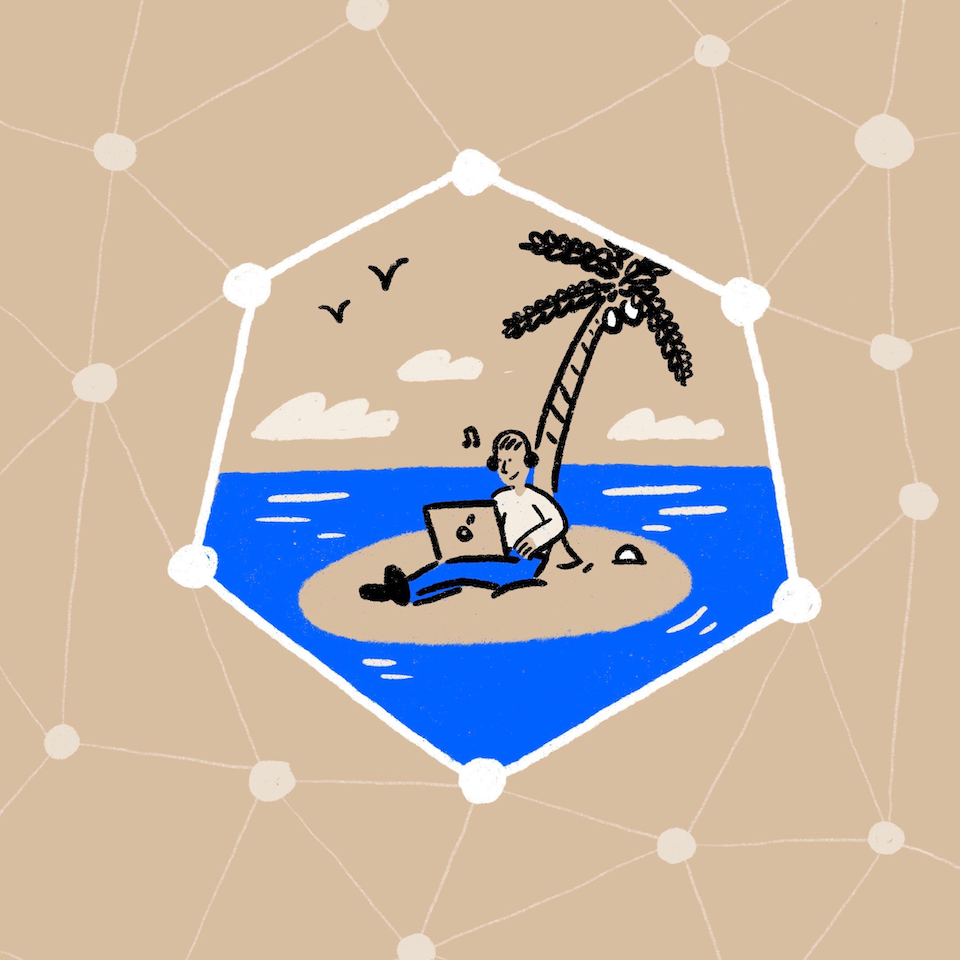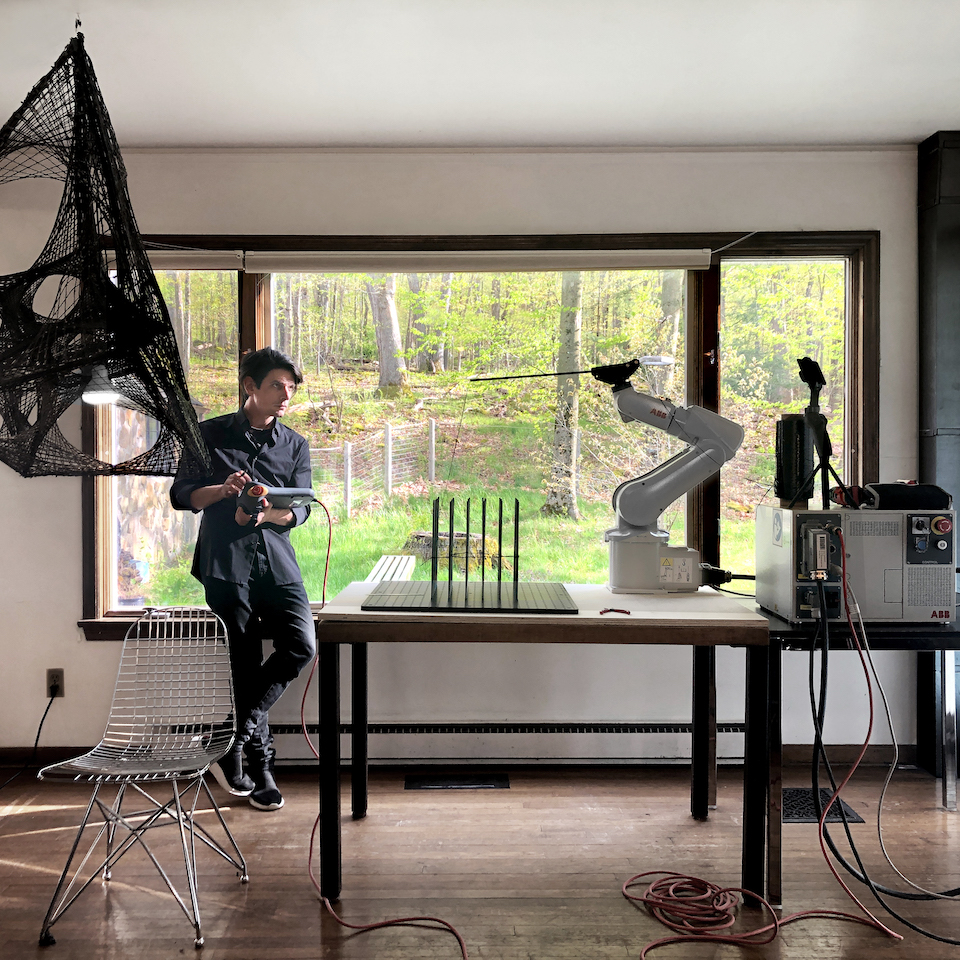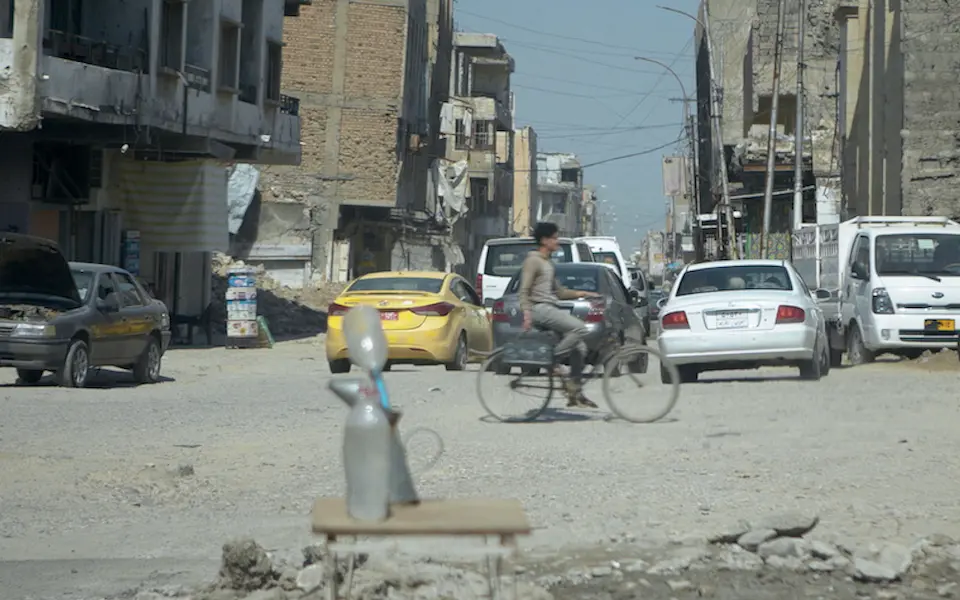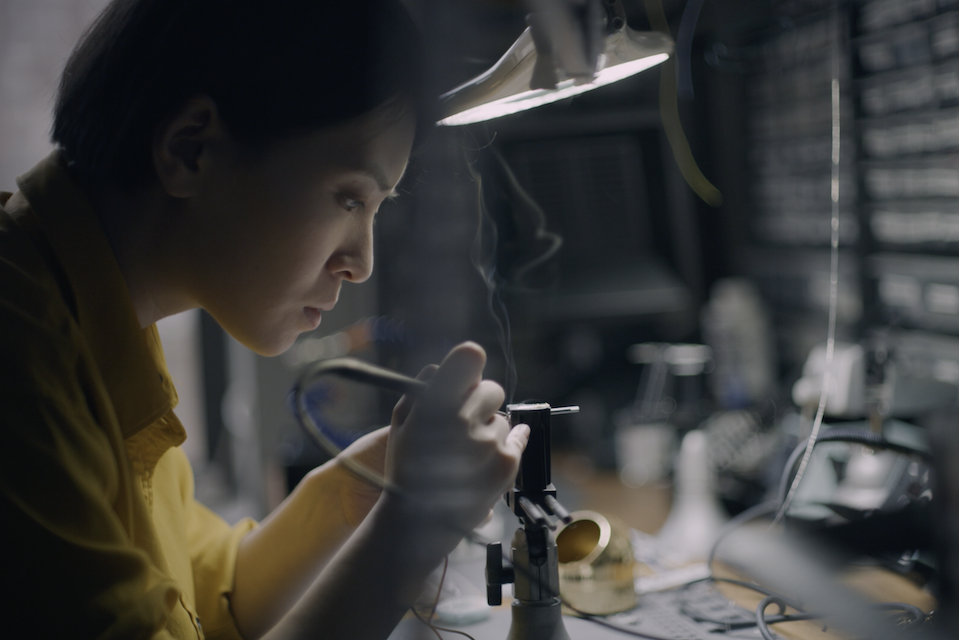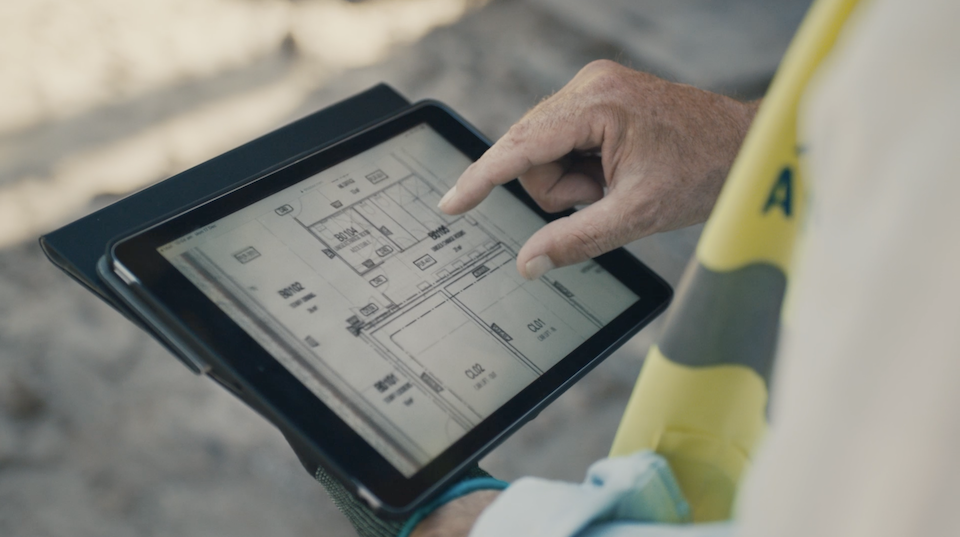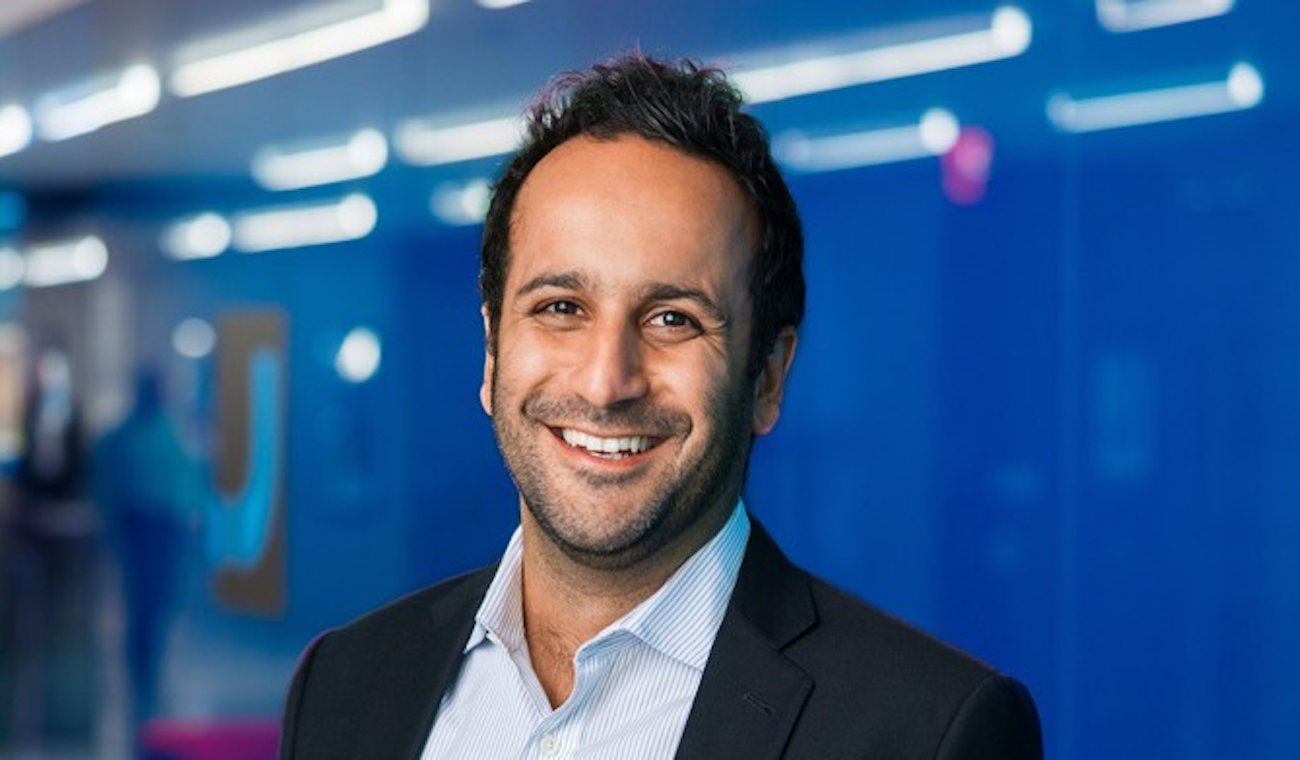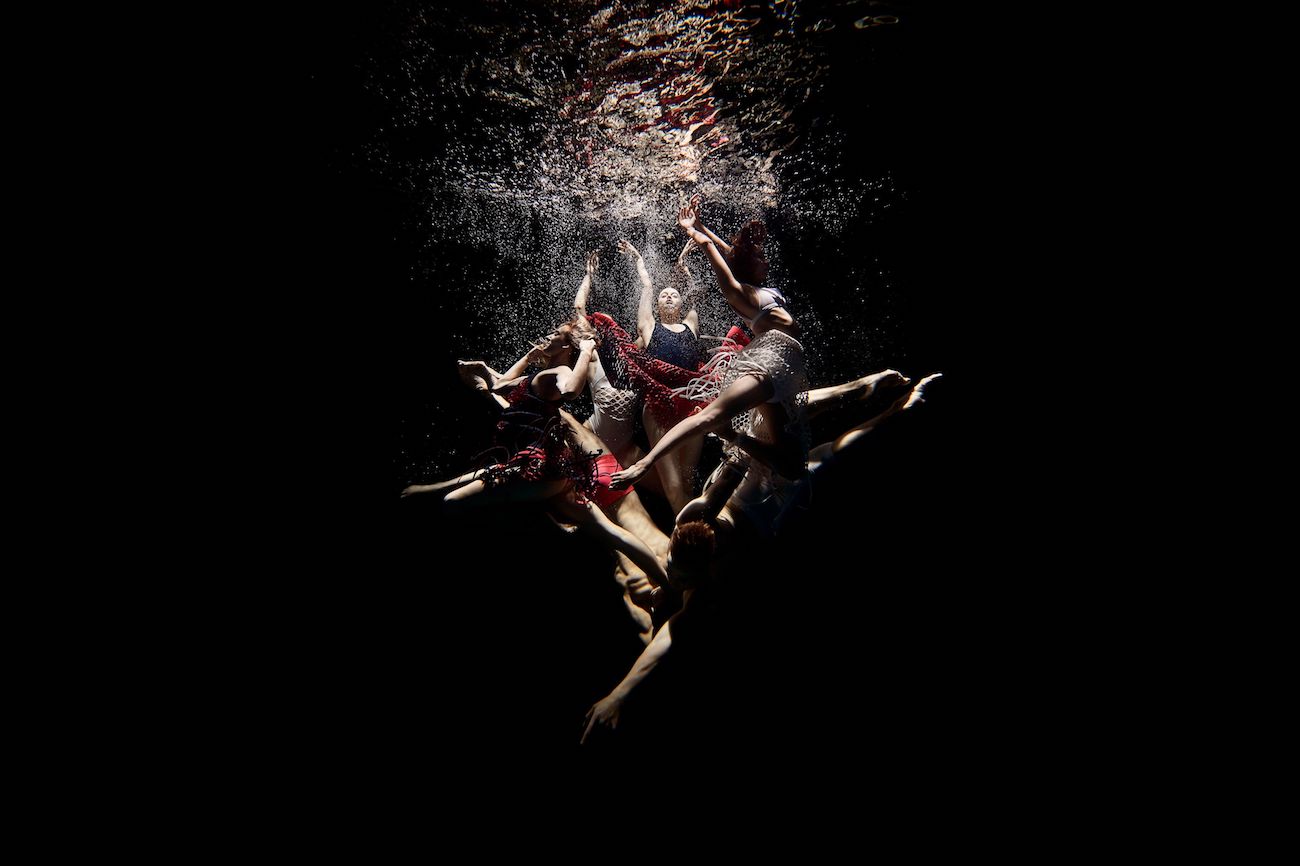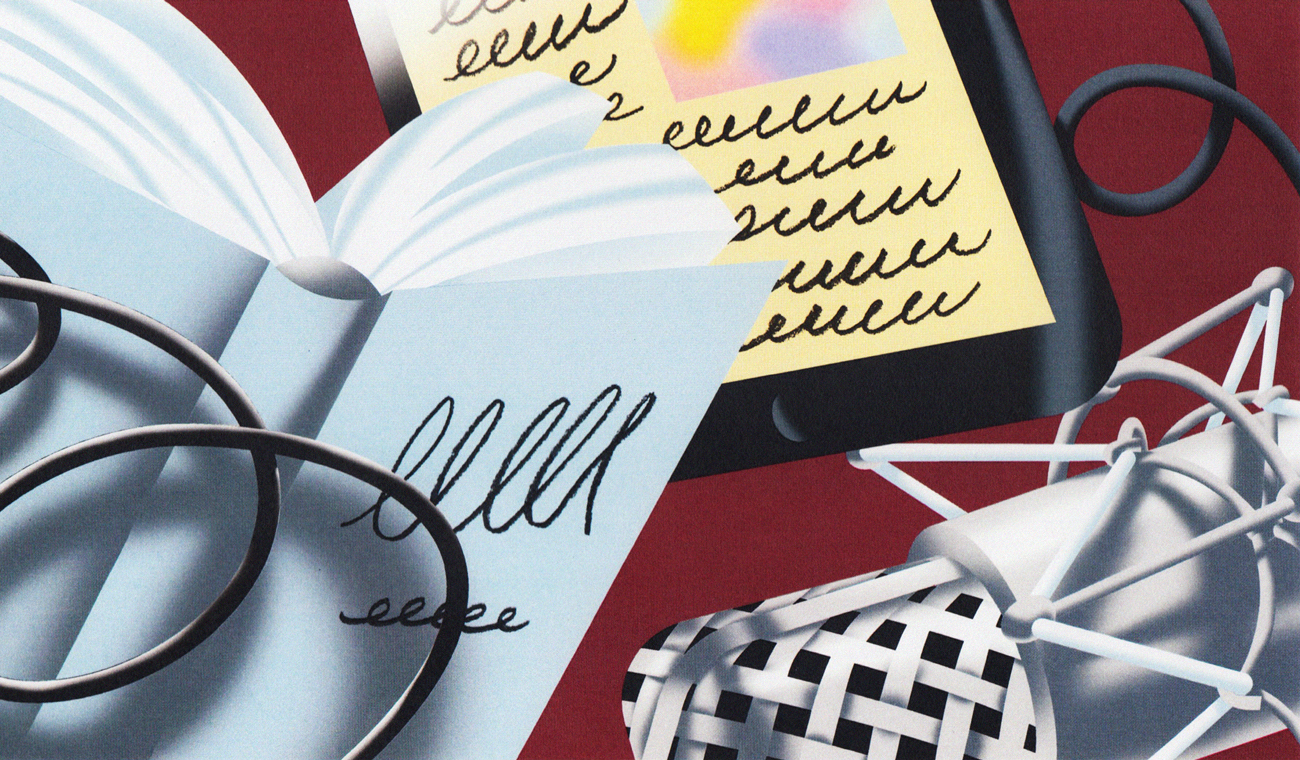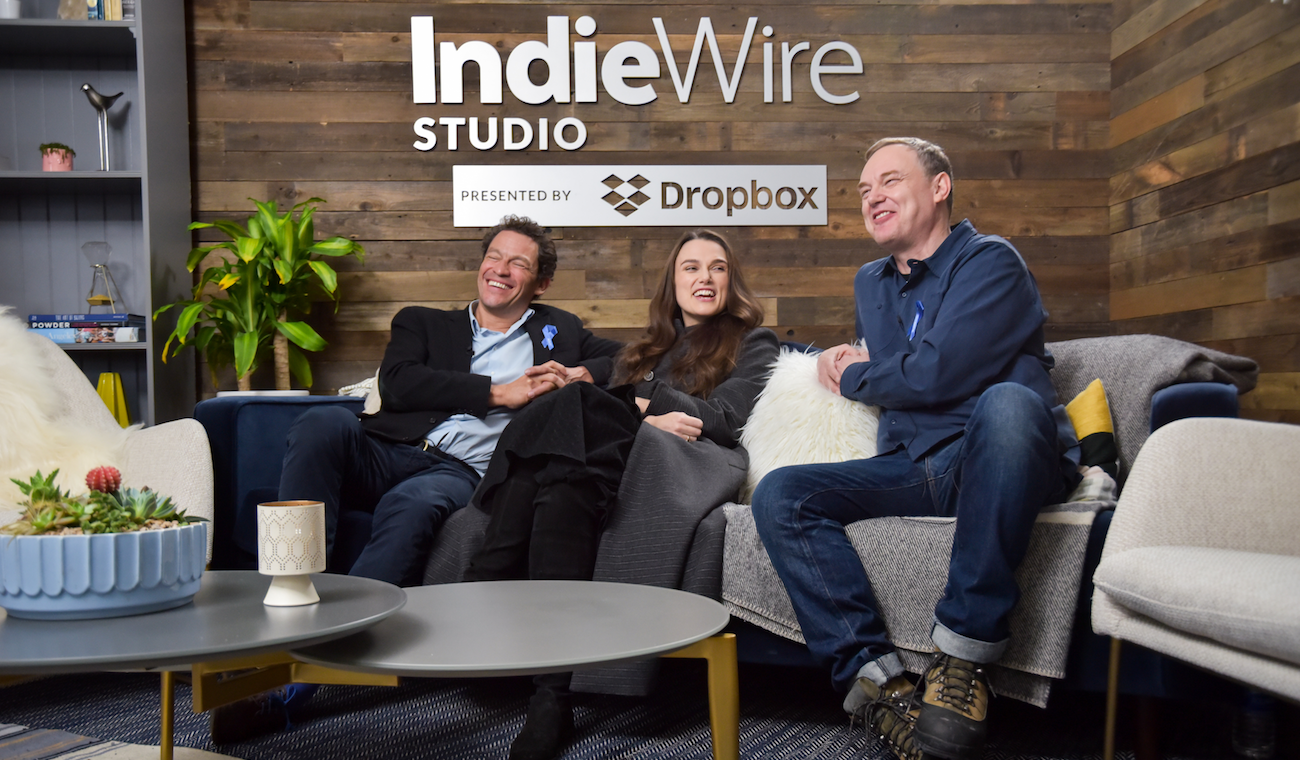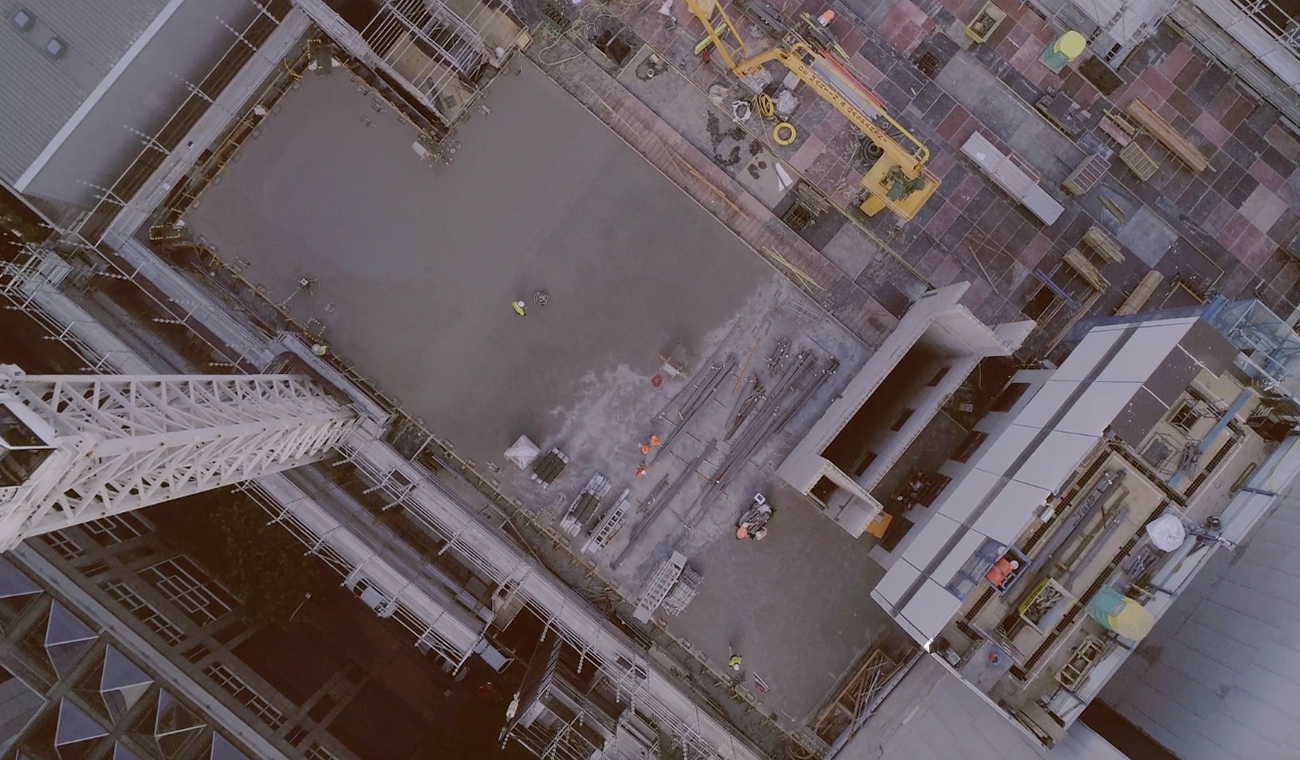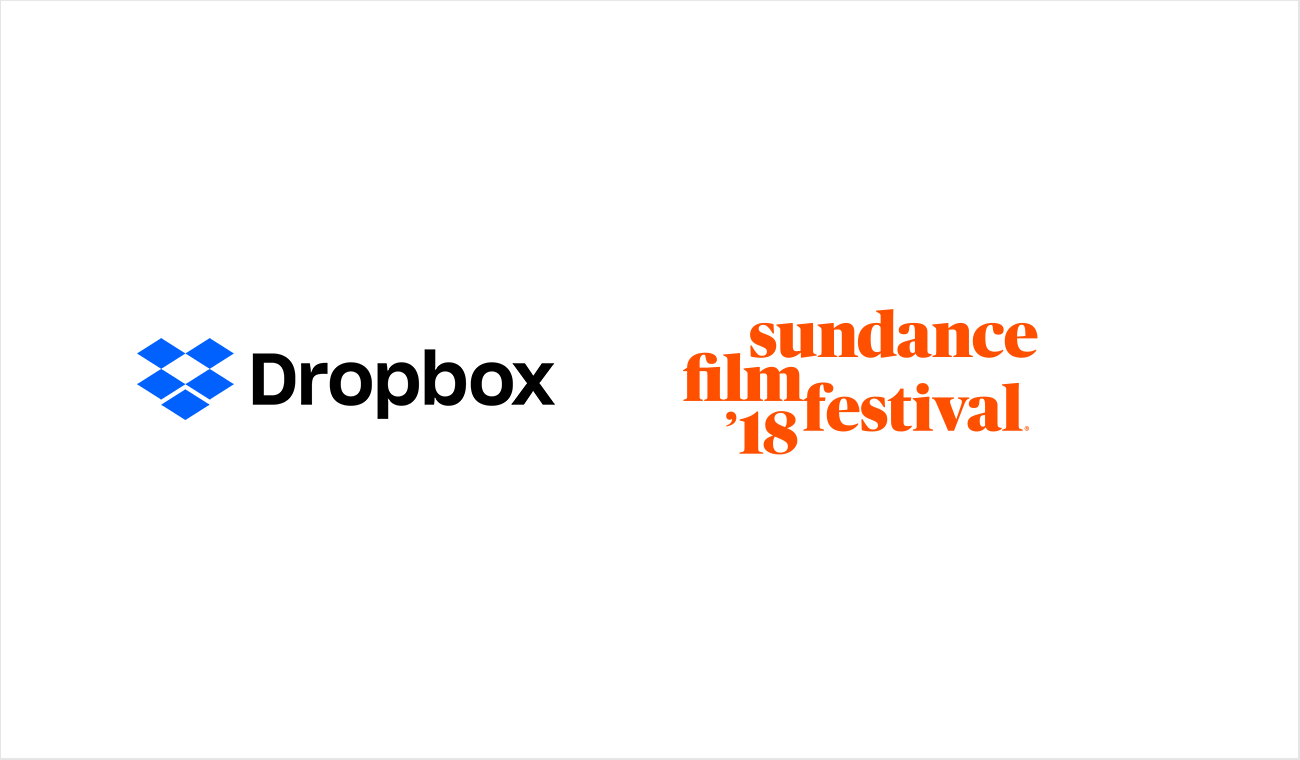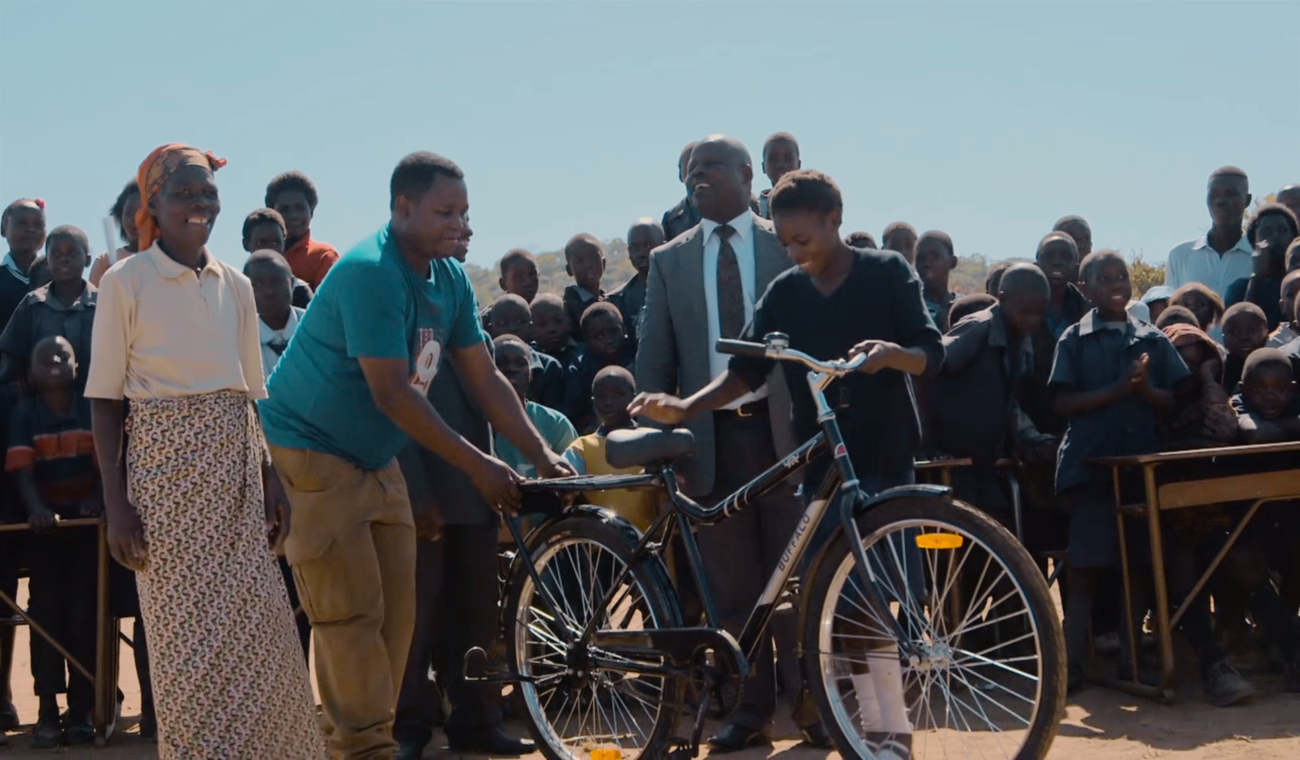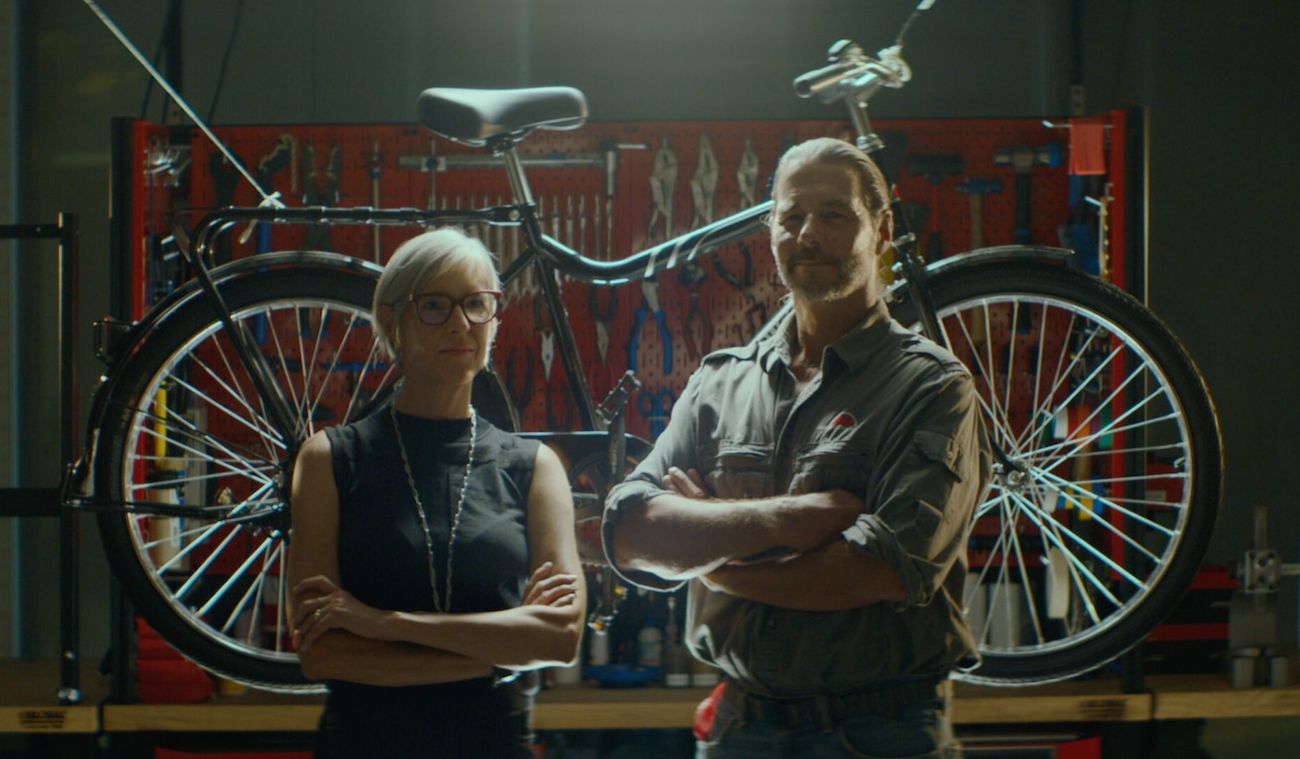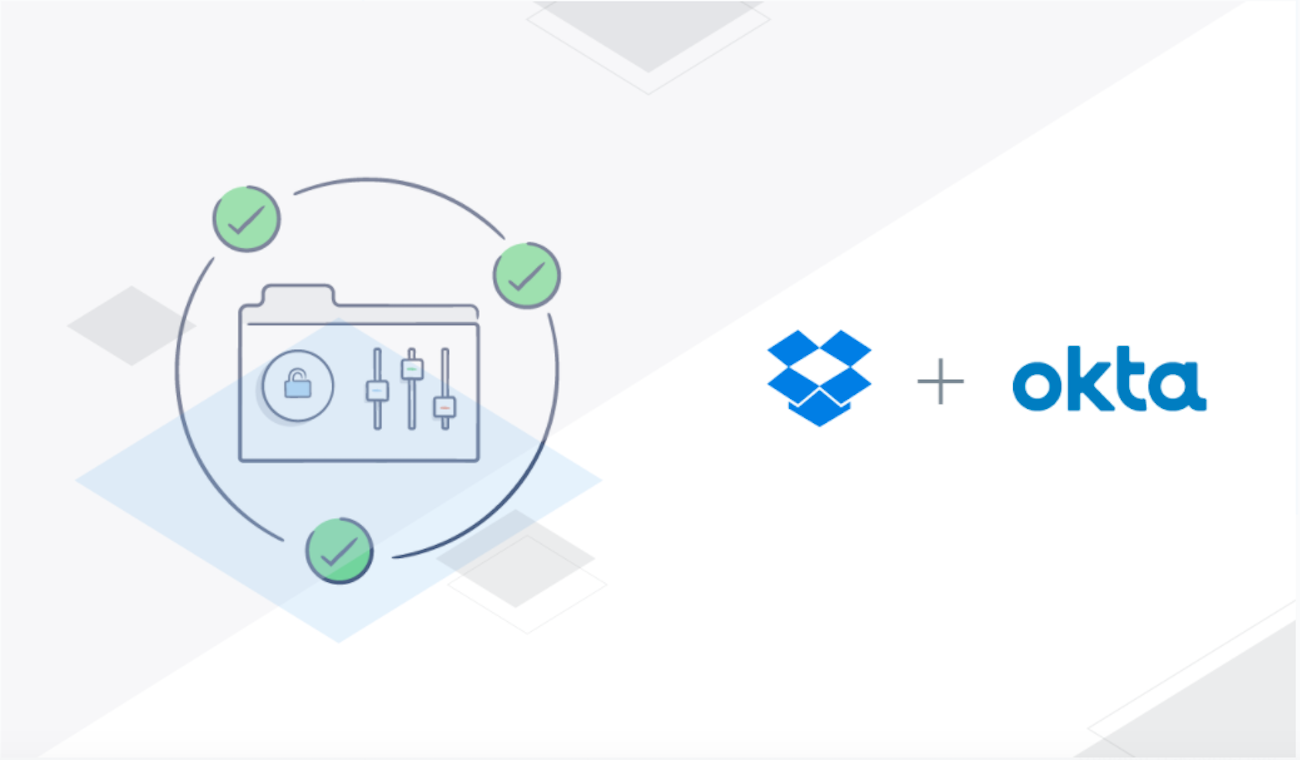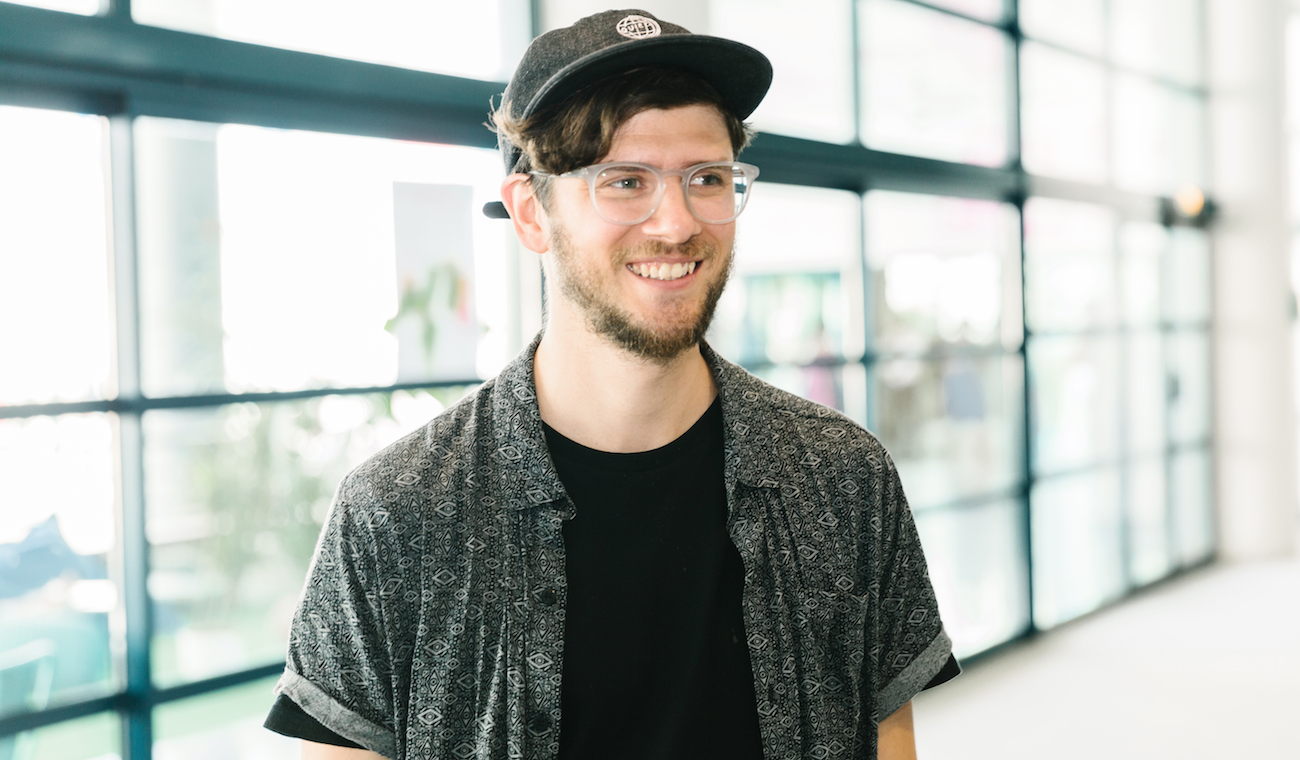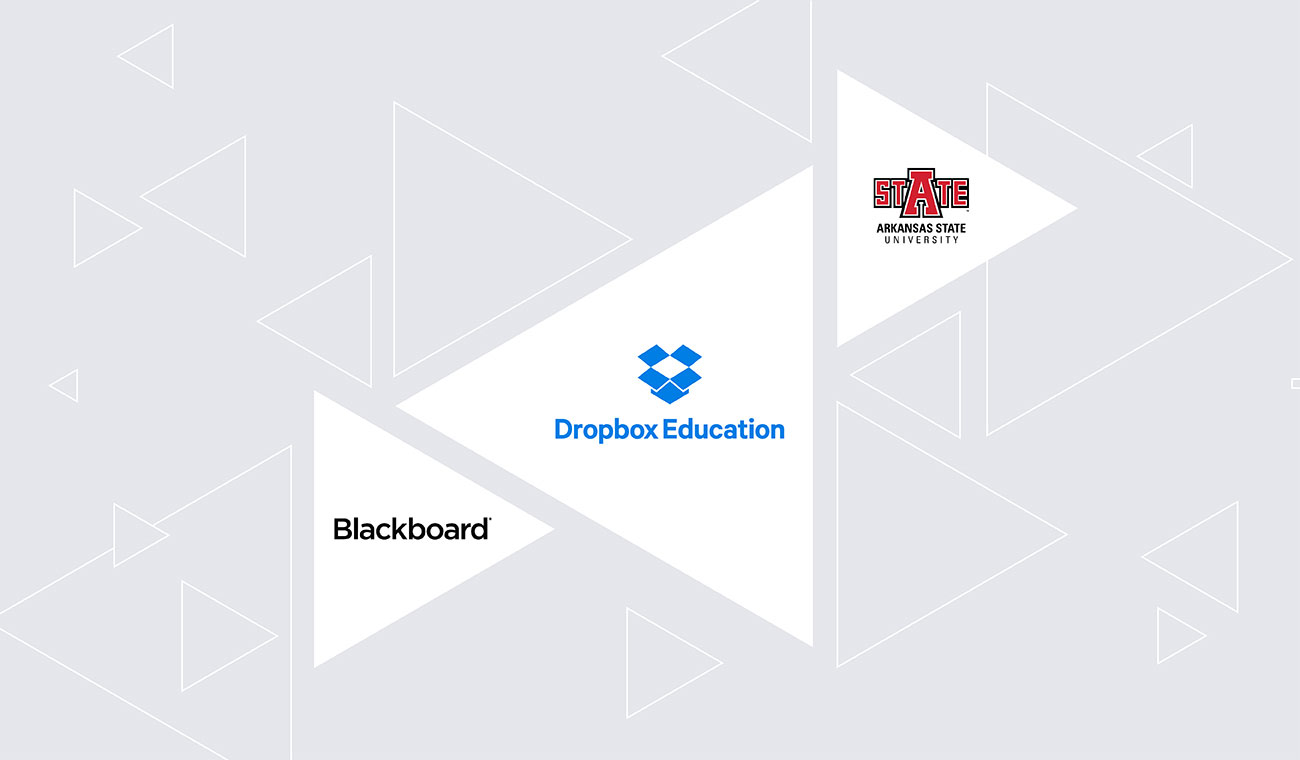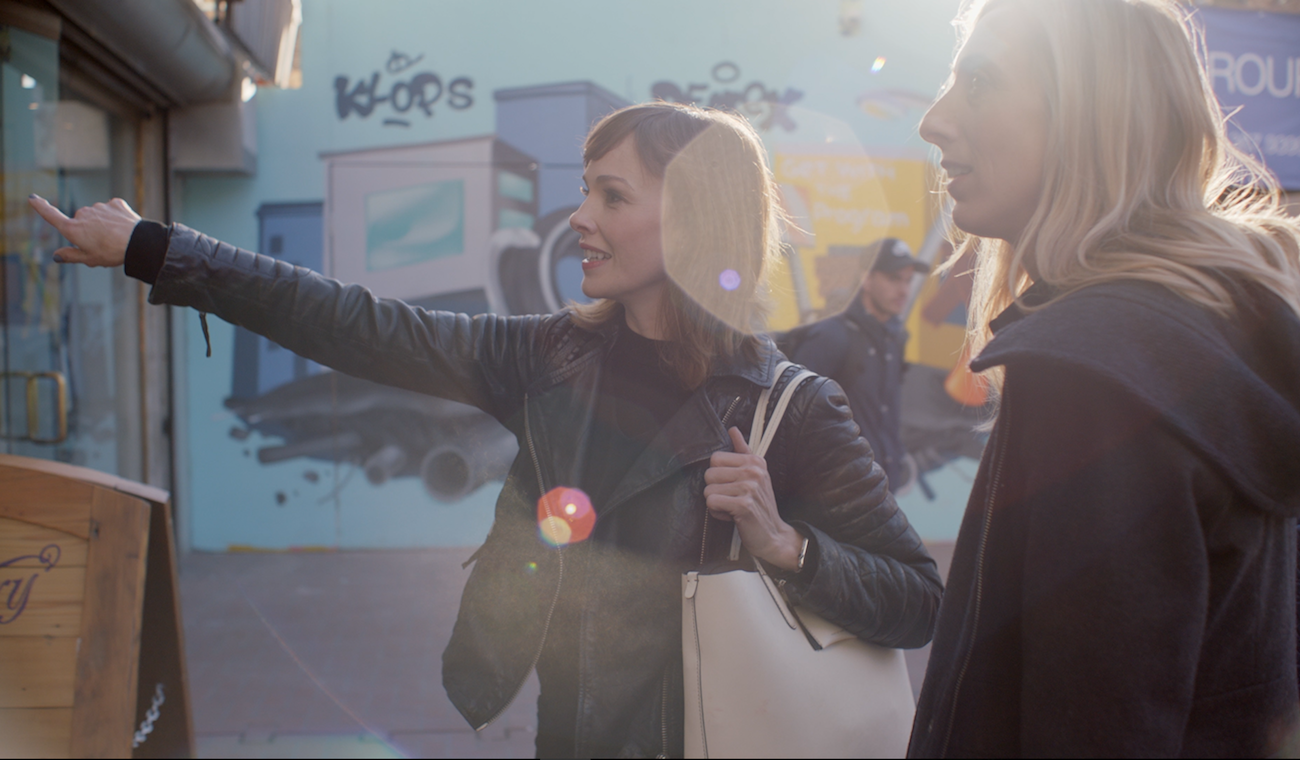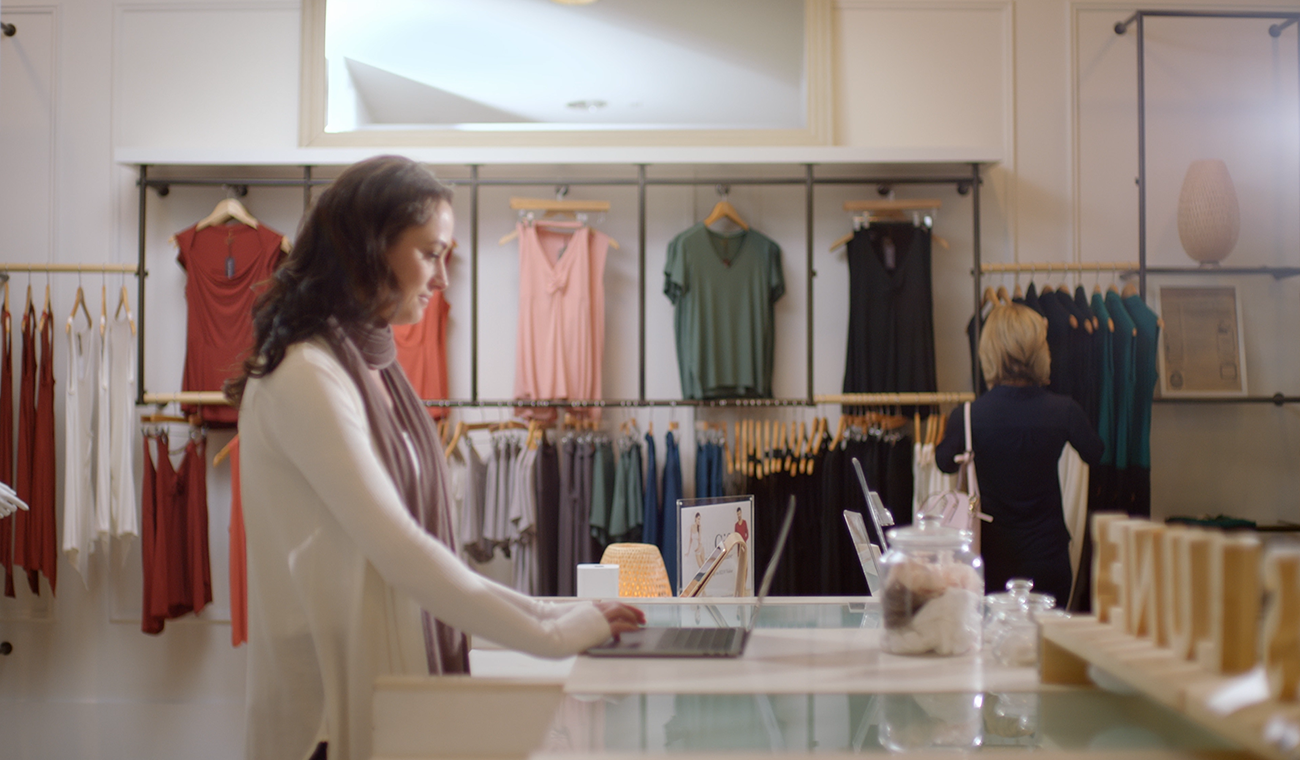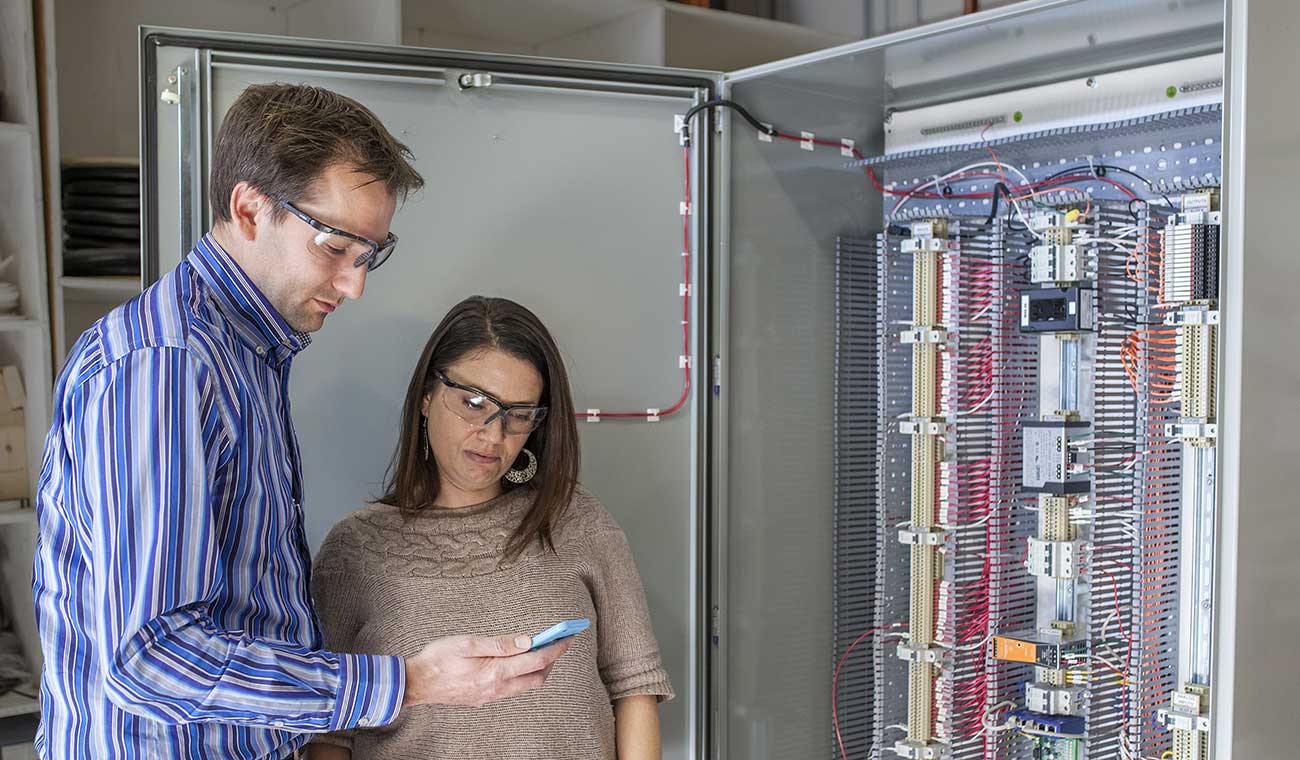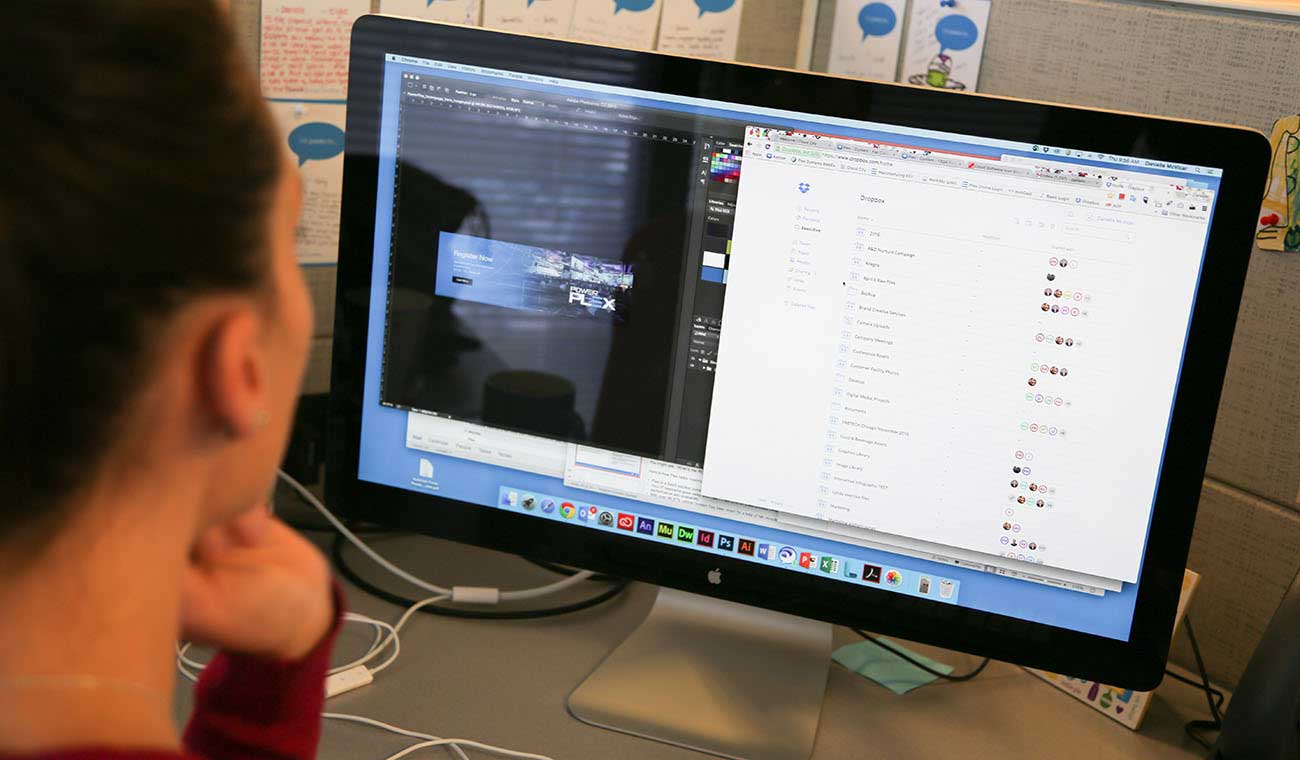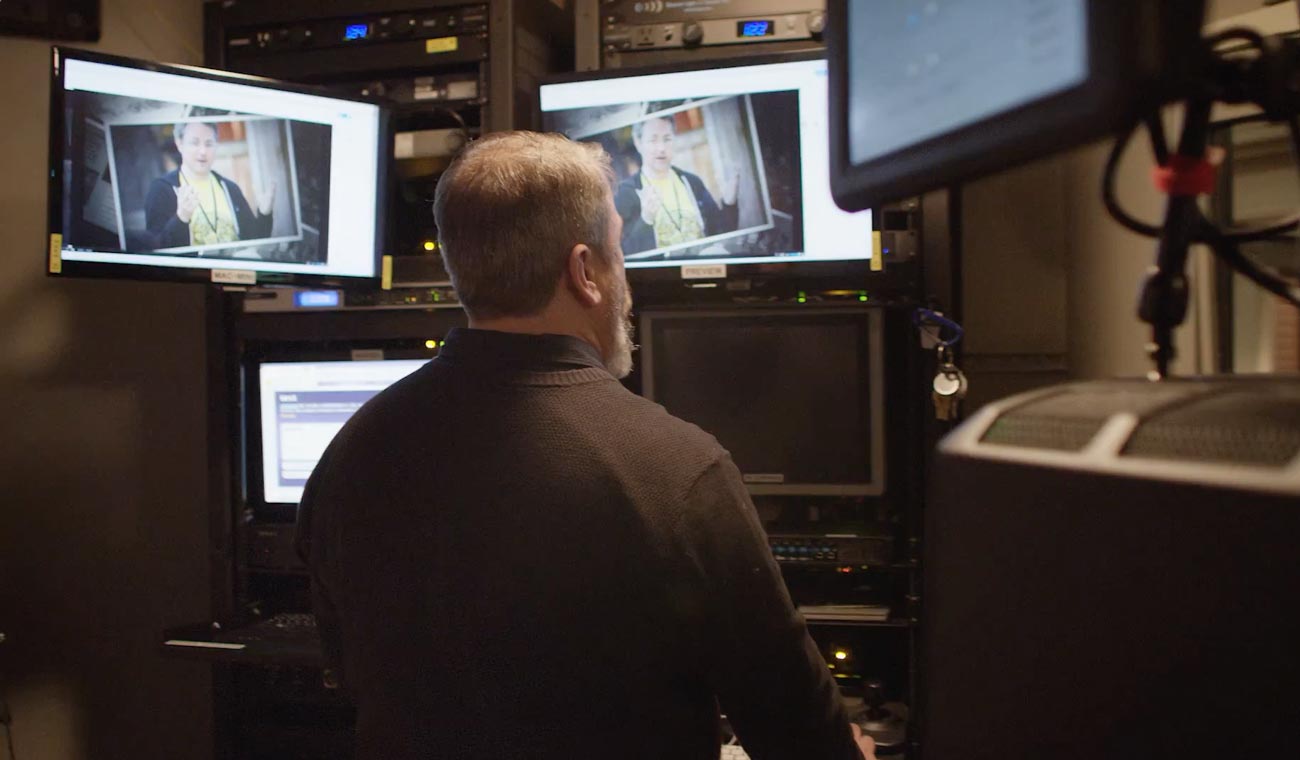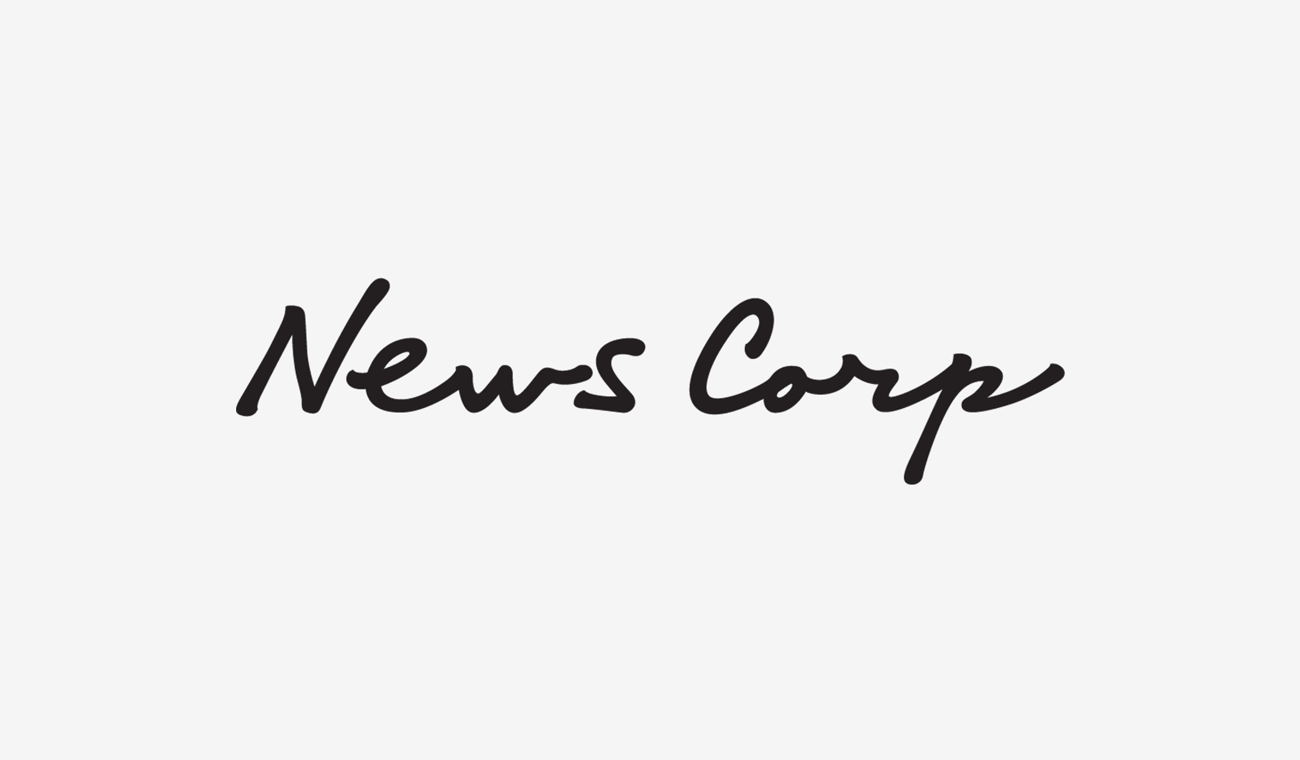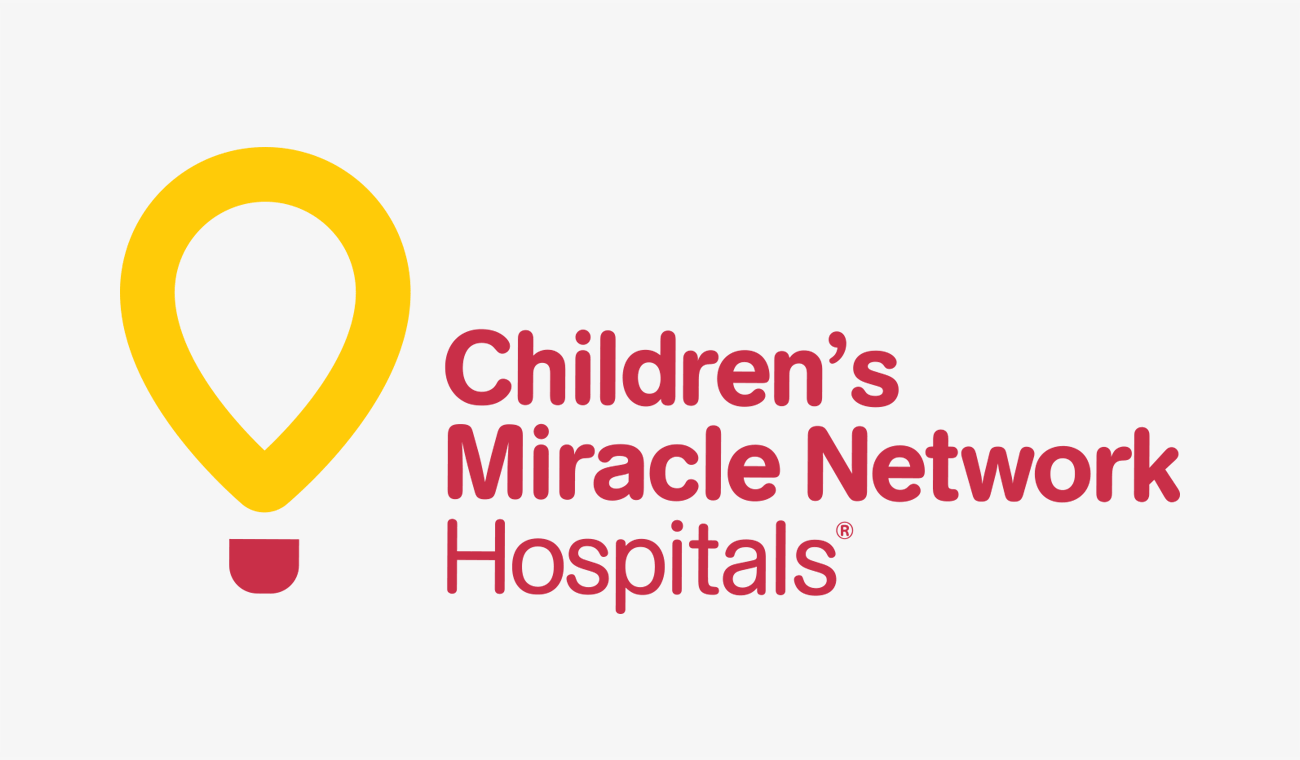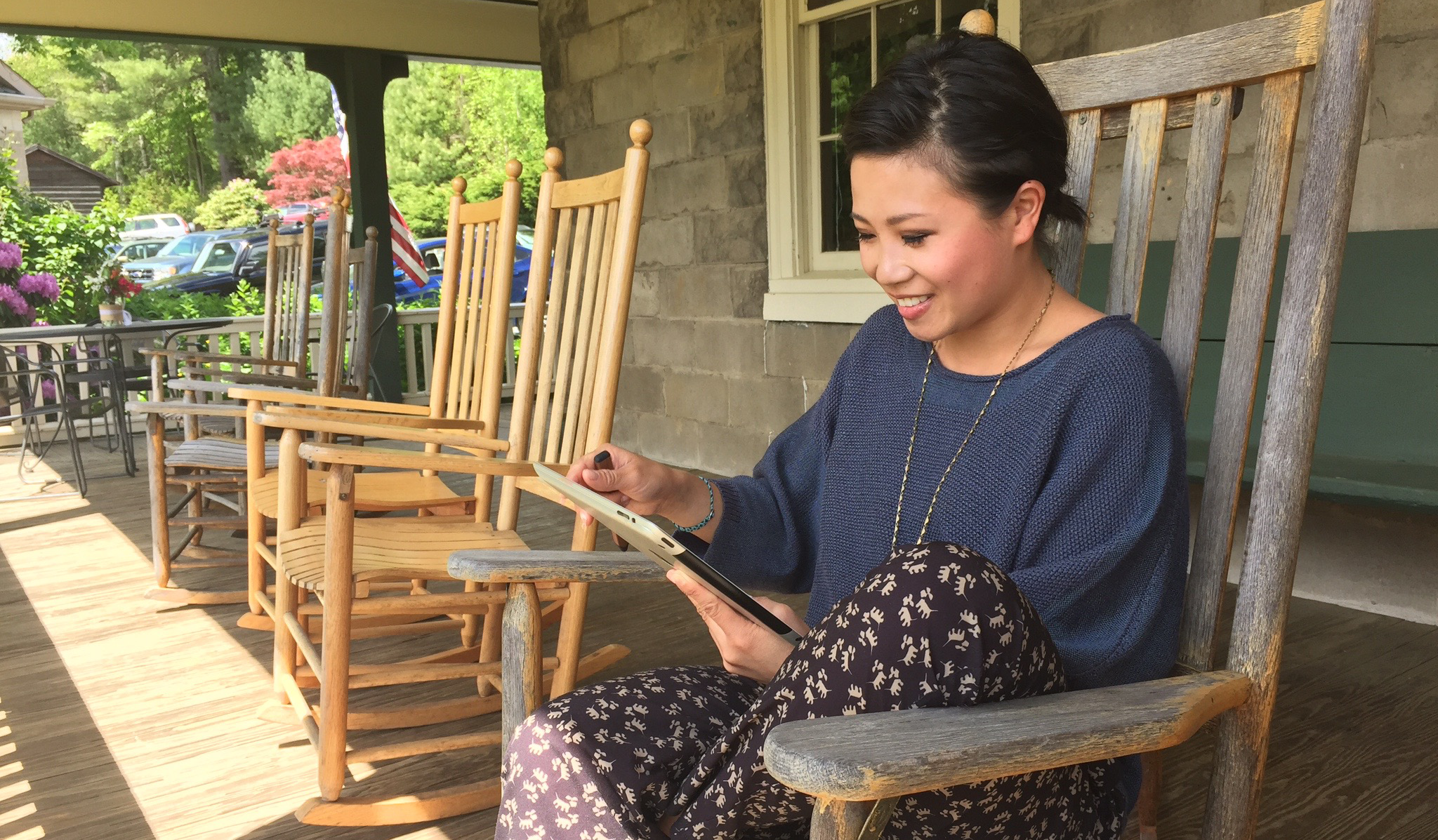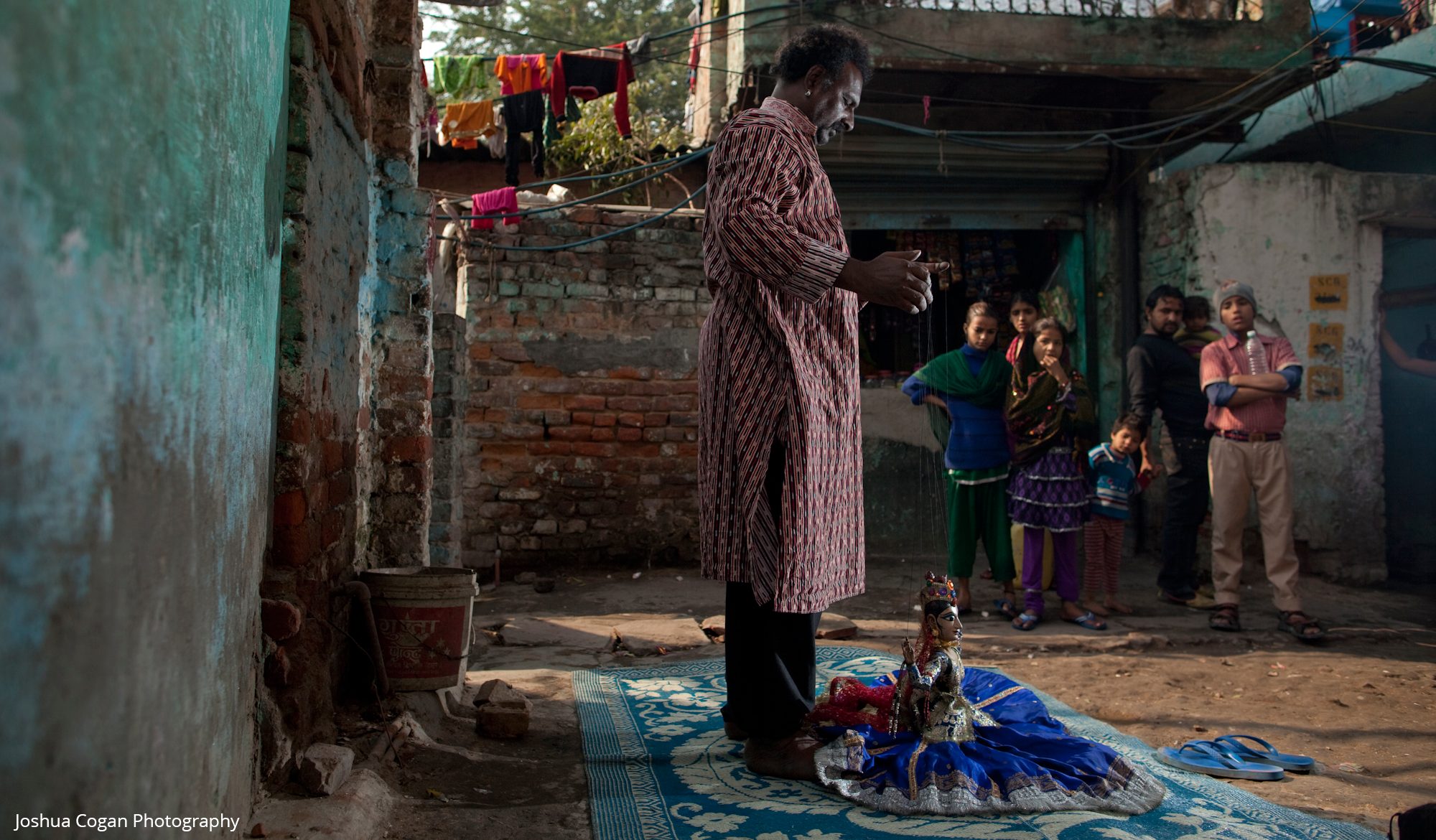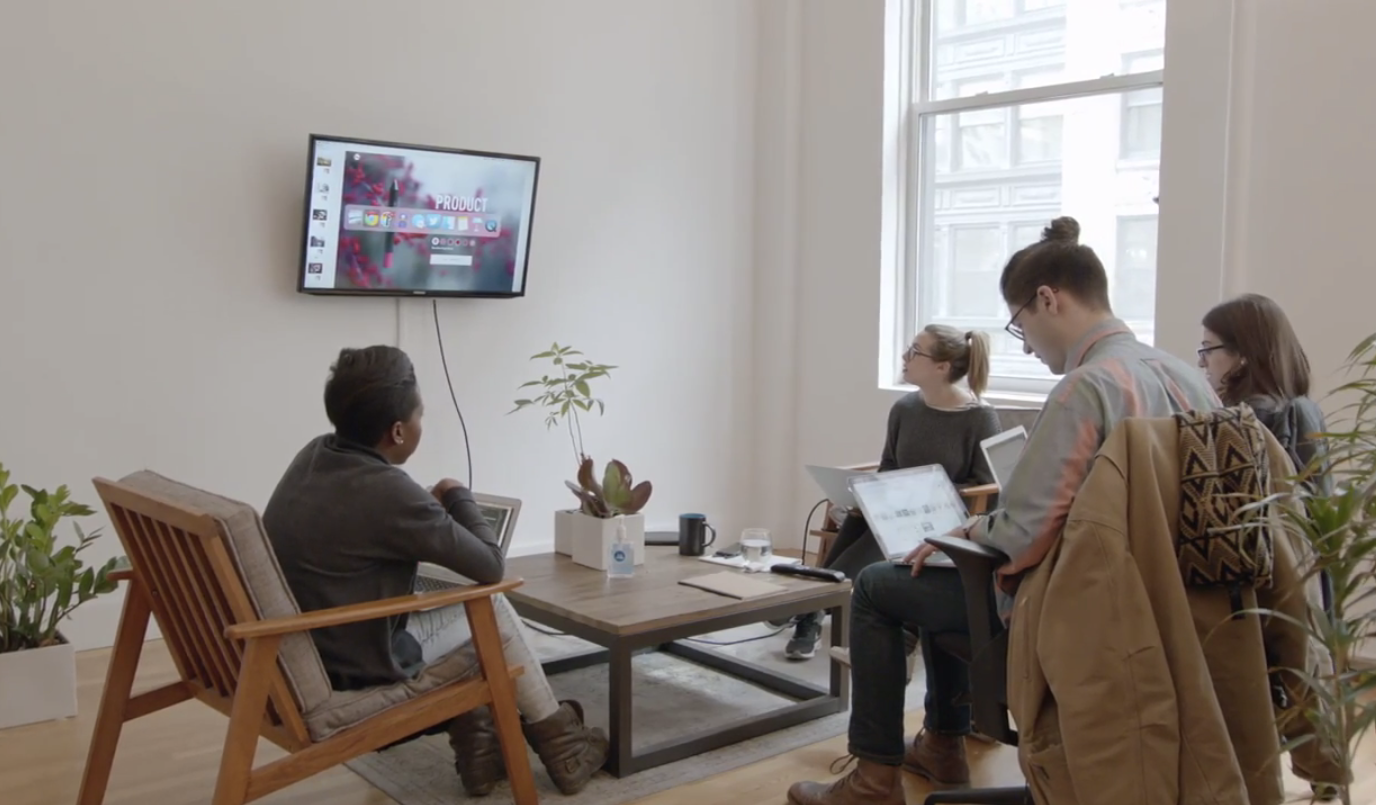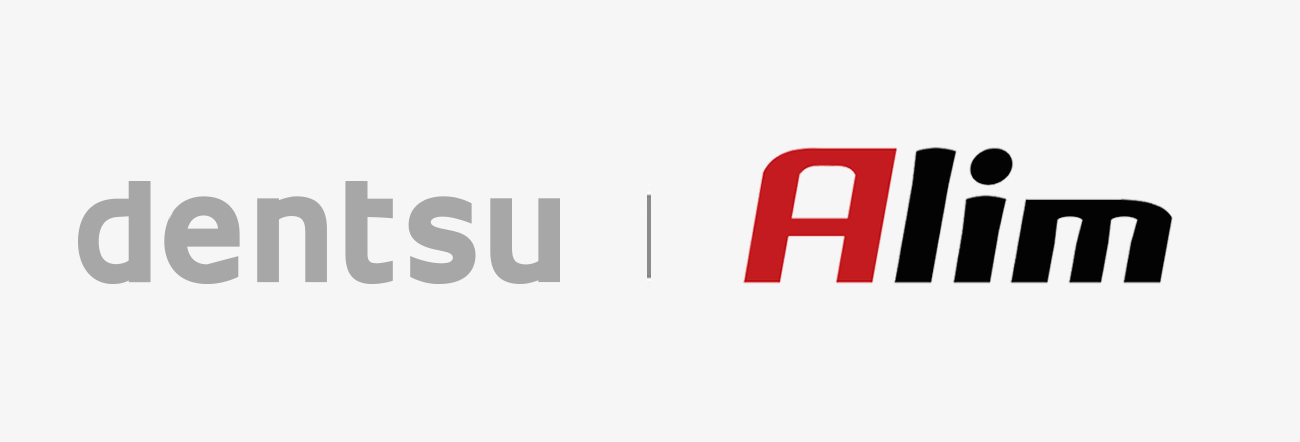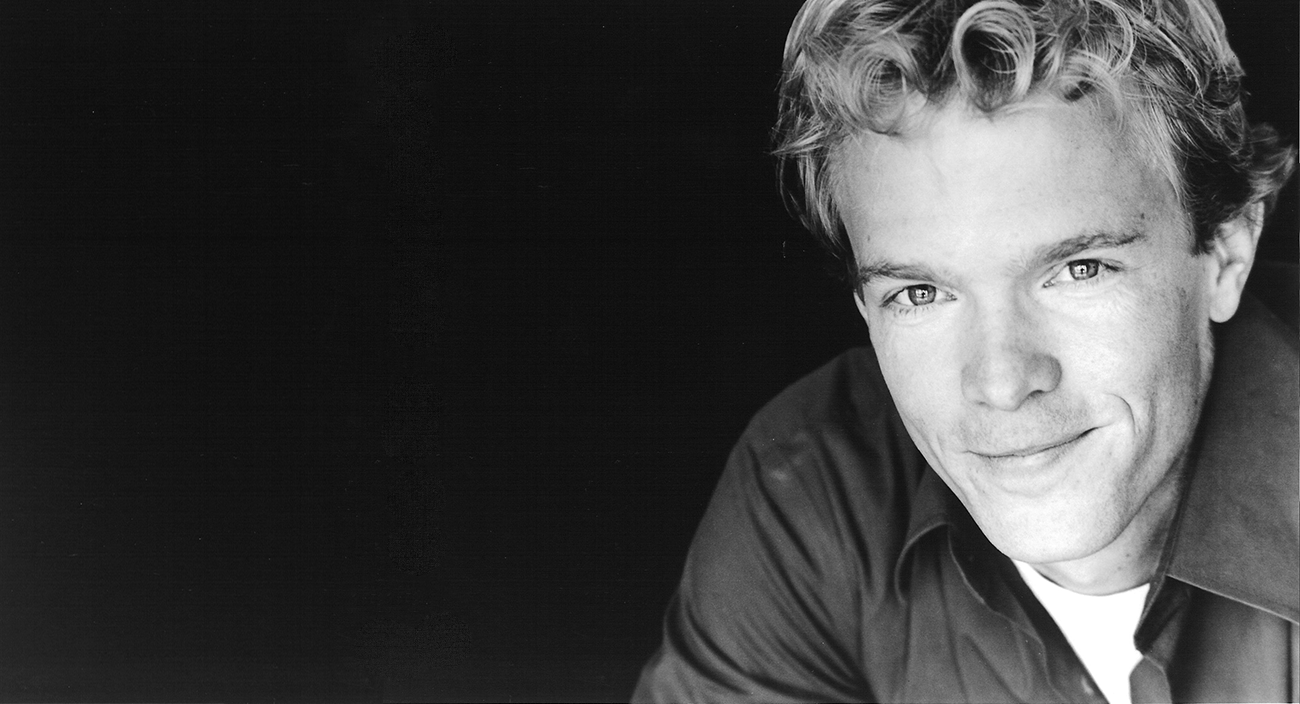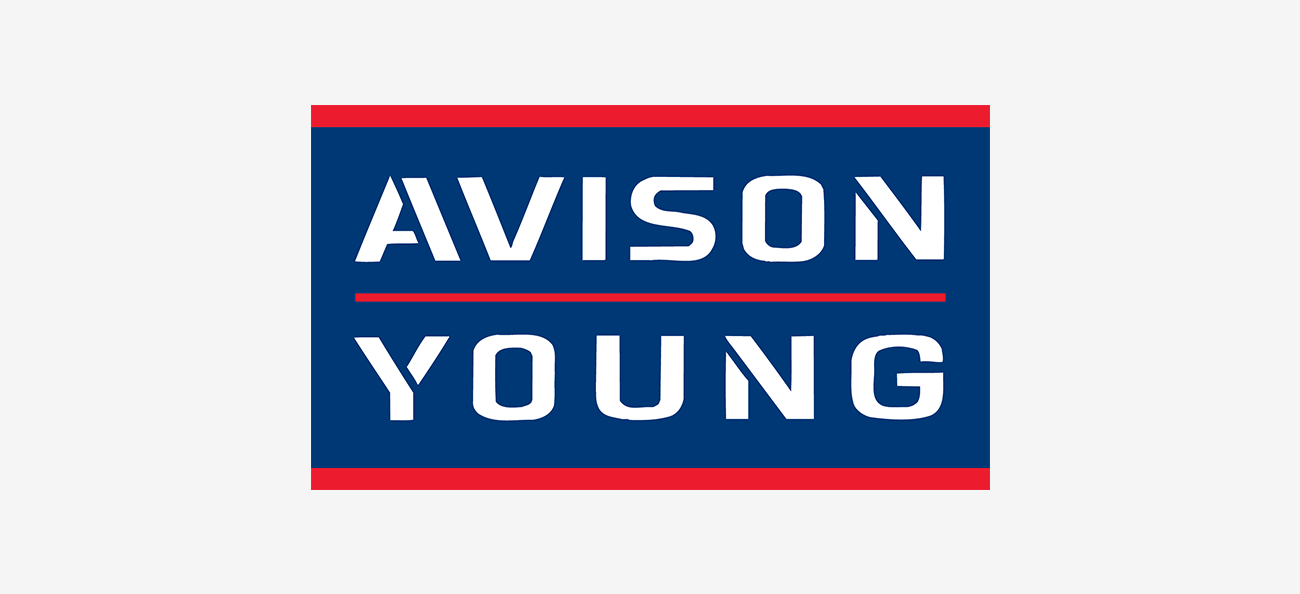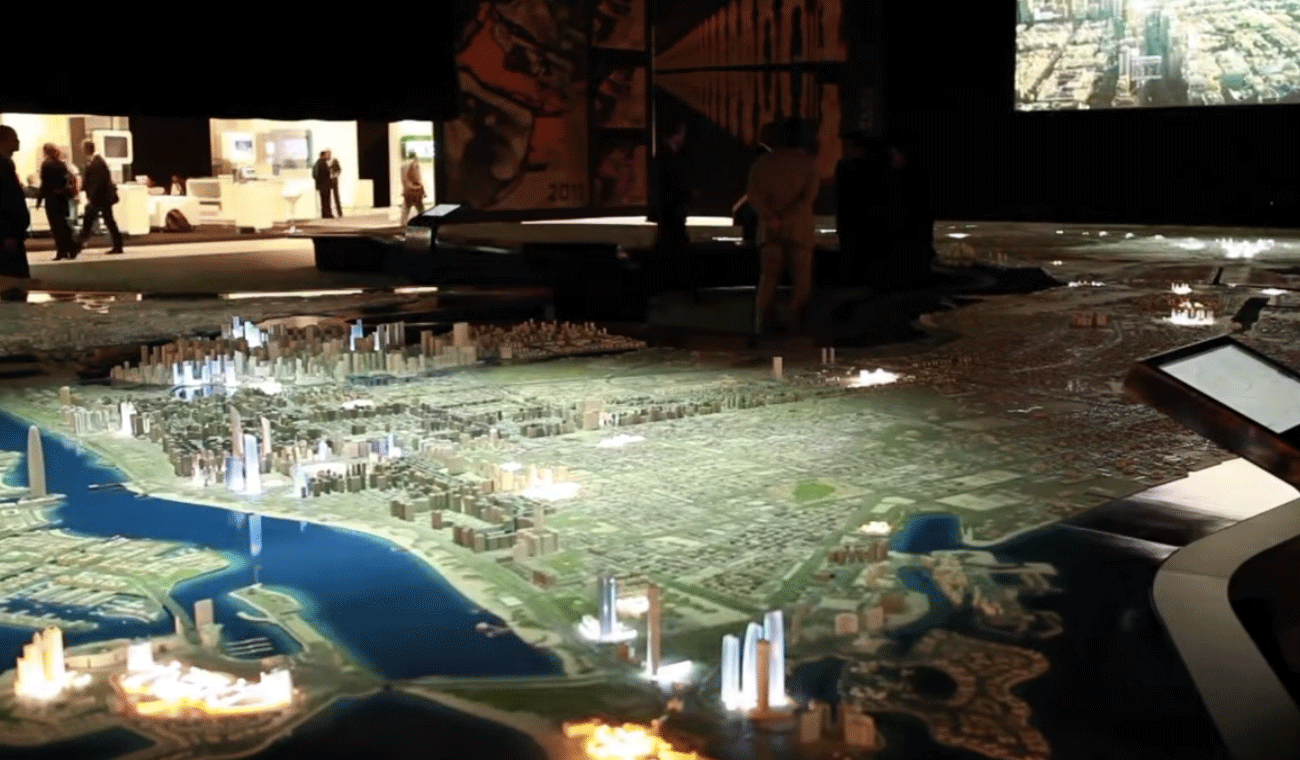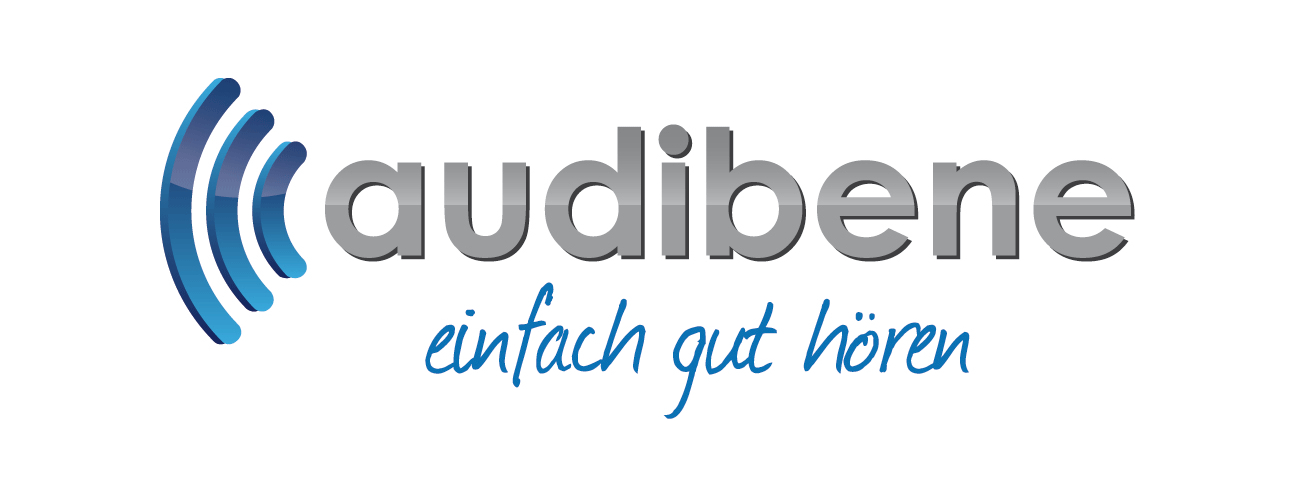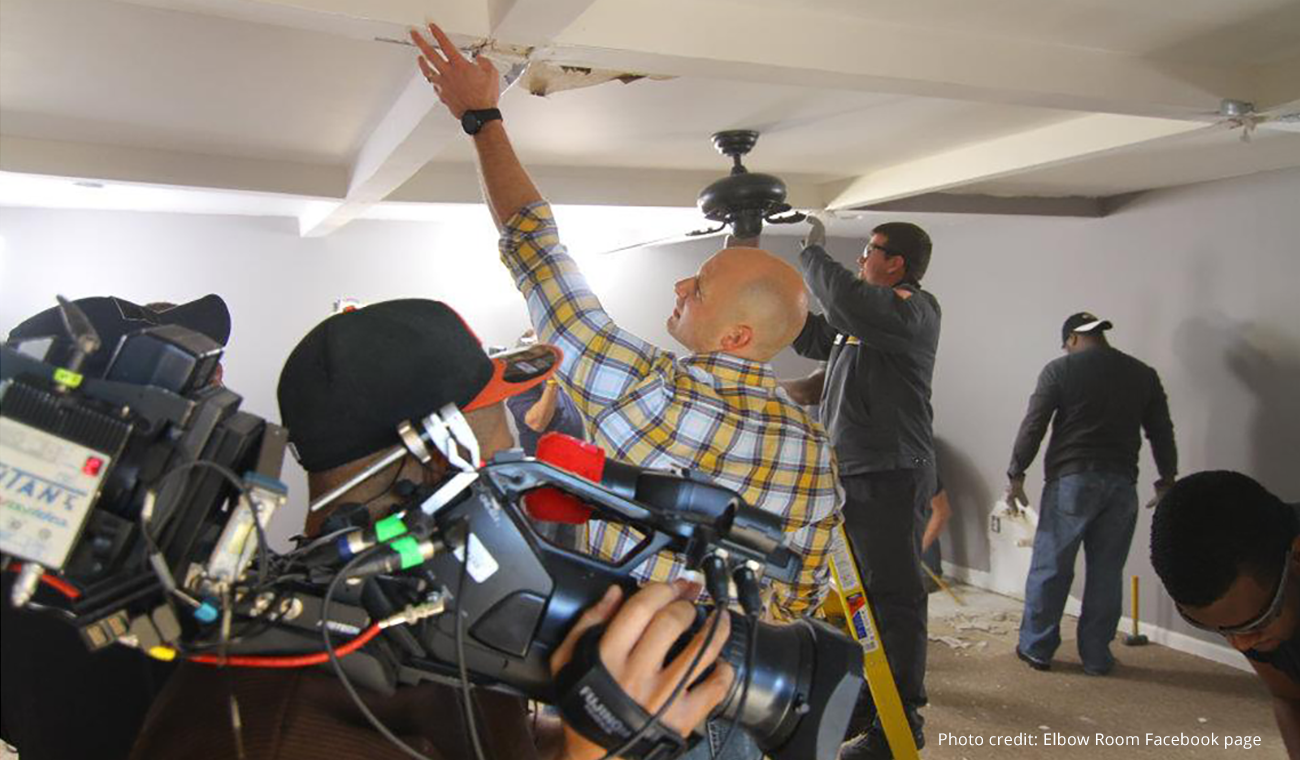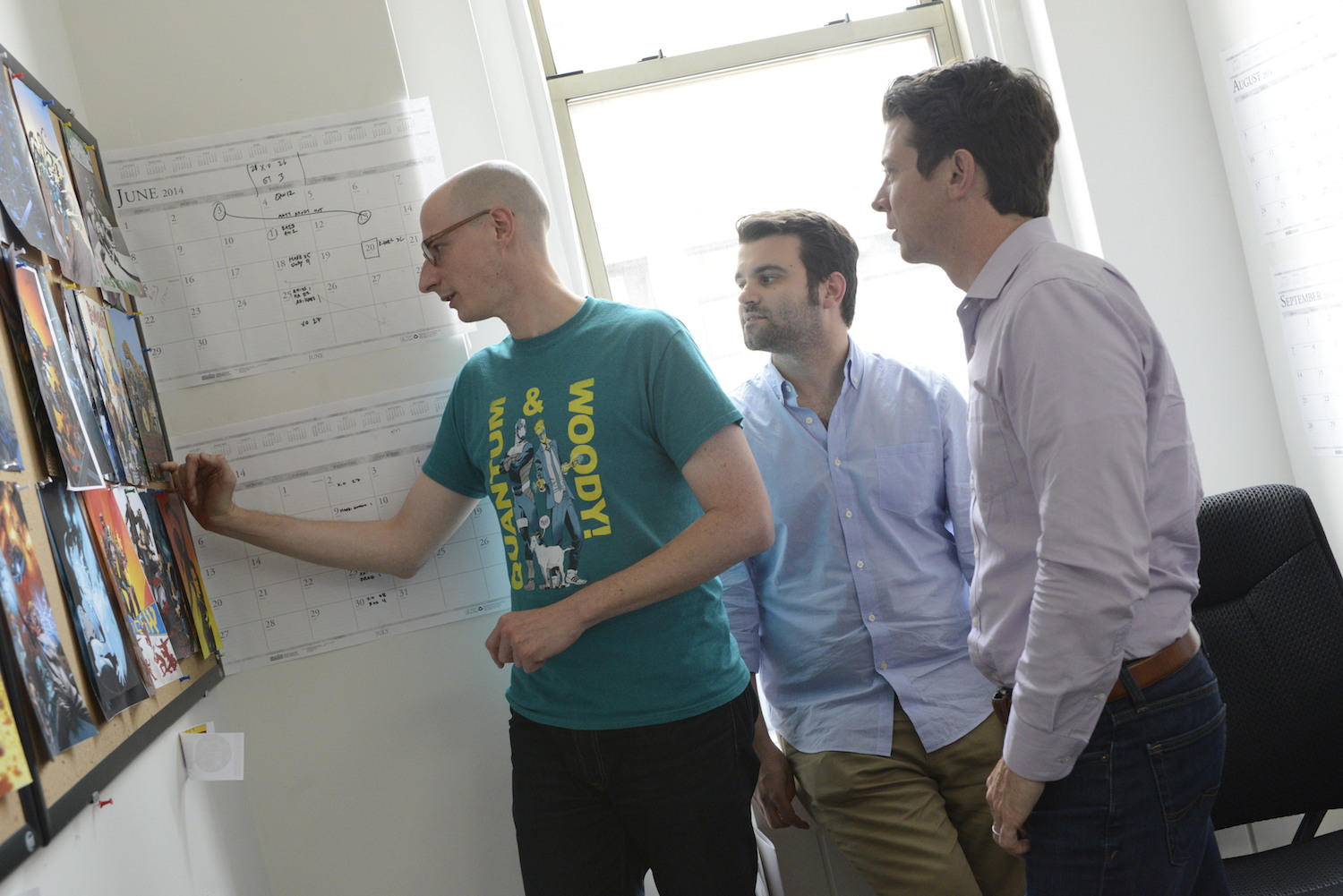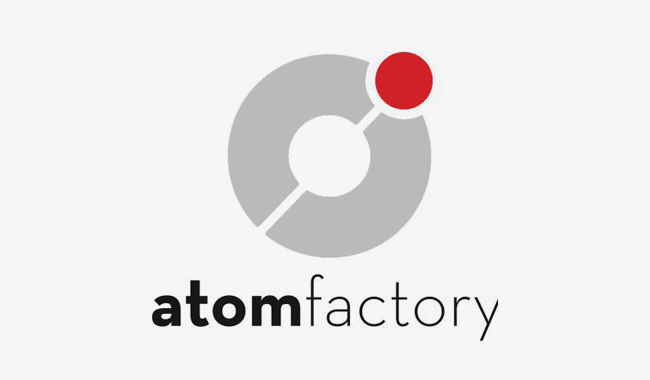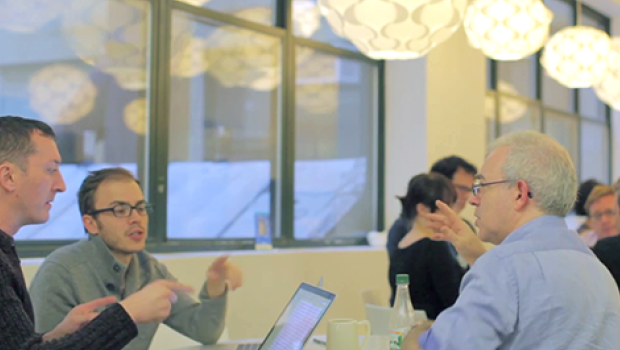
How a college dropout turned CEO grew his savings into a seven-figure business
Published on August 10, 2021
Brandon Grbach never felt like college was for him. While his then girlfriend (now wife) Carly graduated with two degrees in three years, Grbach dropped out in his senior year and wasn’t sure what he wanted to do.
Born and raised in Pittsburgh, Grbach always admired Andy Warhol. (Not only is Warhol another native of the city, his art can be seen everywhere around the community.) Grbach had also just started self-learning Photoshop from a burned copy that his friend gave him. Inspired by Warhol and empowered by his newly developed graphic design skills, Grbach started designing t-shirts for his friend’s skate shop. The skate shop eventually shut down, but Grbach was confident that he could make a living off selling t-shirts. This time, Grbach decided to illustrate what he was most familiar with—the city of Pittsburgh—and that’s how apparel brand Steel City was born.
More than a decade later, Grbach and his wife own a thriving, family-run business that has consistently been increasing sales by almost 50% every year. Visit Pittsburgh and you’ll see locals all over town in their t-shirts. They have nearly 20 employees designing, printing, and selling vintage inspired workwear and sportswear. To the Grbachs, Steel City embodies Pittsburgh’s spirit of innovation. After the collapse of the steel industry, Pittsburgh revived itself by becoming a tech hub with a growing startup scene. Steel City embraced these roots by making an effort to hire people who bring fresh ideas, implementing Dropbox tools to streamline processes, and leveraging technology to build unique customer experiences, like monthly subscription boxes with exclusive t-shirt designs.
“Everybody thinks that entrepreneurial growth is this straight diagonal line, but really it’s this zigzag…”
But getting Steel City to where it is now wasn’t an easy journey. “Everybody thinks that entrepreneurial growth is this straight diagonal line, but really it's this zigzag that goes up and down,” says Grbach. “That's really what growing a team and business is like.”
The Grbachs didn’t have any startup cash—no funding from any venture capitalists, no savings account, and only $285 in their checking account. In the early days, they traveled to vendor and craft fairs to gain attention from a wider national audience, but for years no one seemed to be interested. Grbach even snuck back into illustrator classes at his former college using his old student ID in order to improve his design skills. They were living off Cheerios, not paying themselves, and reinvesting what little money they made back into the business. In the meantime, they started a family and needed the income badly.
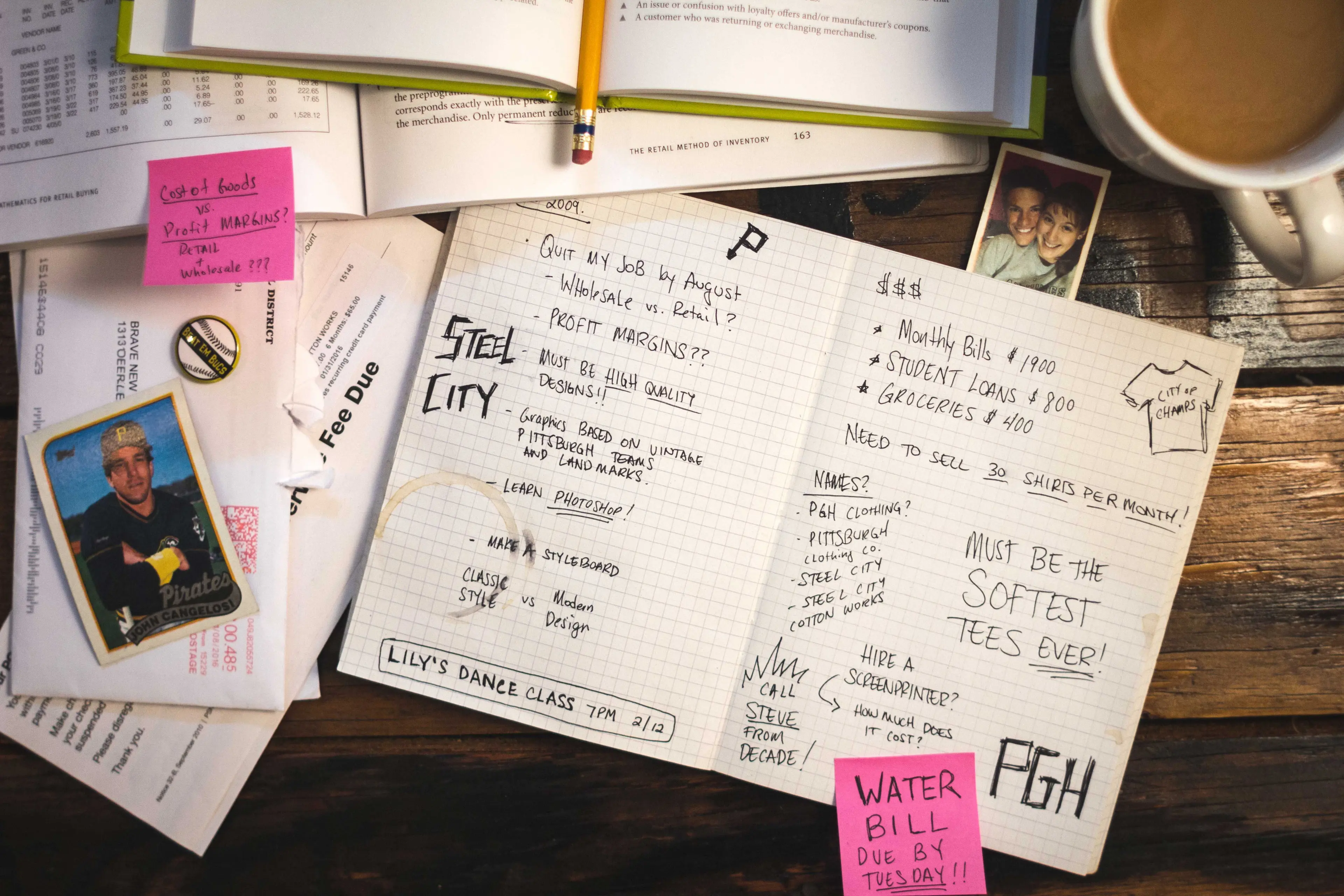
They finally hit it big in Vegas. While manning their booth at a large international fashion trade show, they received a surprising amount of interest from Japanese buyers who loved vintage sportswear. To the Grbachs, this was a moment of relief and motivation. Realizing their customers were passionate about good design and the city of Pittsburgh, they continued leaning into the vintage aesthetic. They also started expanding their strategy beyond retailers to direct-to-consumer.
“We started to just be very conversational when we posted on social media so that people could engage easily,” says Grbach. “The crazy part about Pittsburgh is that there’s always a connection to Pittsburgh. Celebrities started to come out of the woodwork. Our social started getting flooded with people like Joe Manganiello.”
Along with boosting their social presence, the Grbachs slowly started growing their team of two by hiring locals as their employees, as a way to reinvest back in their community. They also opened a retail store in downtown Pittsburgh to help bring the local economy back to life after hundreds of businesses shut down and thousands of residents fled the city following the closure of so many steel manufacturers.
And they’ve continued to grow, designing exclusive branded merchandise for local landmarks, like the Carnegie Museum of Art and the Andy Warhol Museum. Soon they’ll be partnering with Kennywood, one of the oldest amusement parks in the country, on t-shirts inspired by the park’s history.
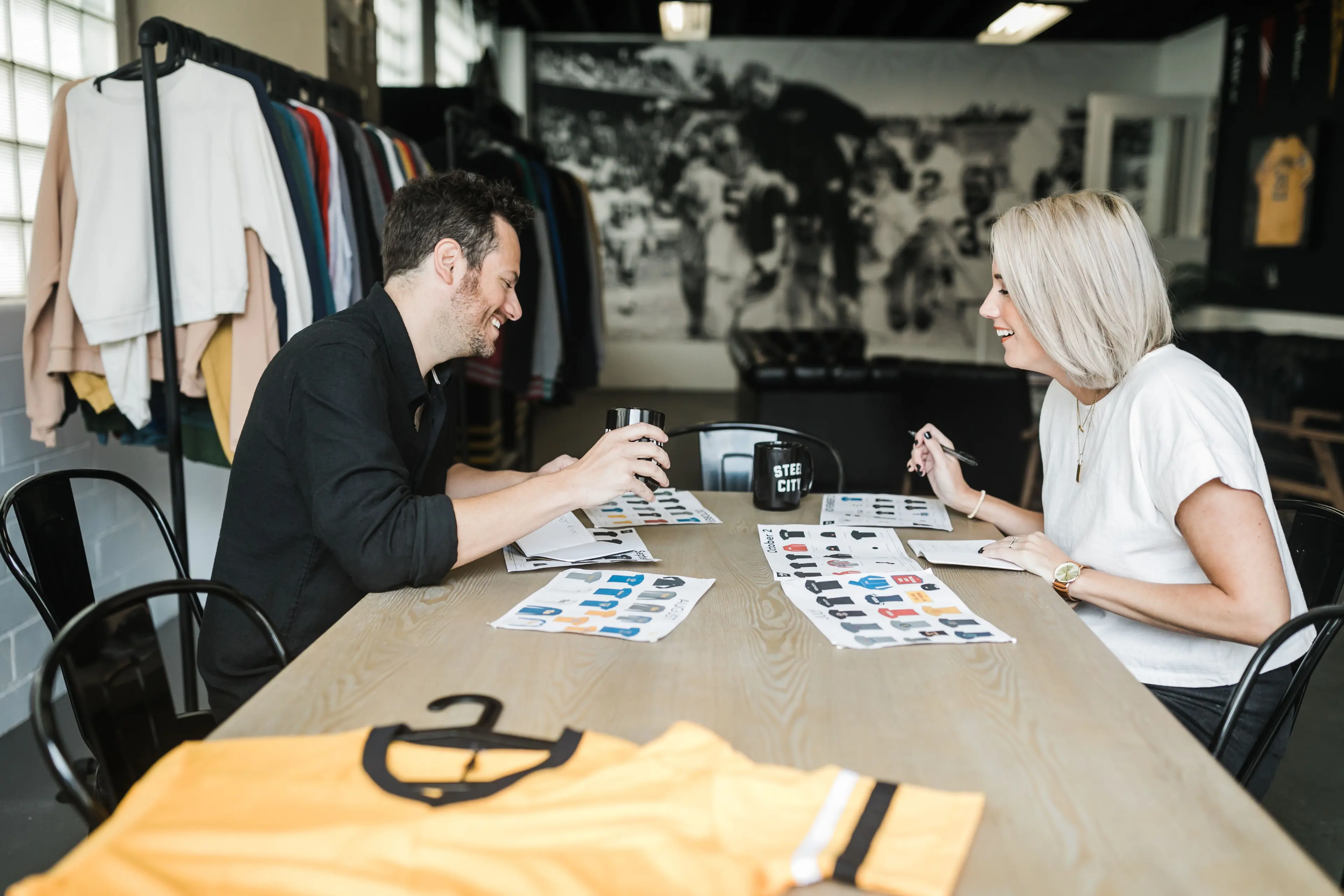
When Grbach thinks back on the growth of Steel City, he says the thing that made it hardest to start a company also ended up being what has made it so rewarding. “Starting with no seed money was really tough, but it was extremely worthwhile to never have anybody in our pockets,” he said. “To this day, we still own 100% equity in the company and nobody gets to tell us what to do. To me, being independent is the most important.”
And Dropbox has helped them since day one.
“Dropbox has kept us together and organized. Without it, we would just be a chaotic mess, emailing folders and attachments.” In fact, without Dropbox, Grbach says their design process would be “dead in the water.“
“When we have an idea for a collection that we want to come out with, we'll start with mood boarding,” he says. “I'll get together with the designers to discuss the graphic direction and then we'll put all of those ideas into a mood board in a Dropbox Paper document.”
From there, they divvy up the different sections of the mood board and assign who will design what. “Once the designs are complete, we’ll paste them back into Paper and choose which ones we like and don’t like until we get the product that we're happy with. Then it goes to production. We’ll just take that file straight from Dropbox and send it to the printer. The entire process starts and ends in Dropbox.”
“Dropbox has kept us together and organized. Without it, we would just be a chaotic mess, emailing folders and attachments.”
Dropbox also helps them and their external vendors stay organized. “We have to send our designs out to them for approval,” says Grbach. “They can add their comments and then it comes right back to us. Dropbox allows us to work seamlessly even with other companies. We no longer waste time on things that don’t matter.”
These tools were critical when COVID started disrupting retail operations around the world. Because Dropbox was already highly integrated into their processes, no time was wasted in their design process when they transitioned to work from home.
In fact, Grbach says they have no plans as of now to go back into the office. “We’re just going to follow where the energy is and right now it's that we're really effective being remote.”
In the near future, the Grbachs are planning to open more retail locations around Pittsburgh and surrounding areas. Each of the new locations will have its own unique experience with its own twist that compliments the town it’s in. They want to shift from being a brand for Pittsburgh to being a brand from Pittsburgh.
“I want to be an example of somebody who has no education, no funding, and can still start a business,” says Grbach. “With a ton of heart, it can work.”

.png/_jcr_content/renditions/hero_square%20(2).webp)

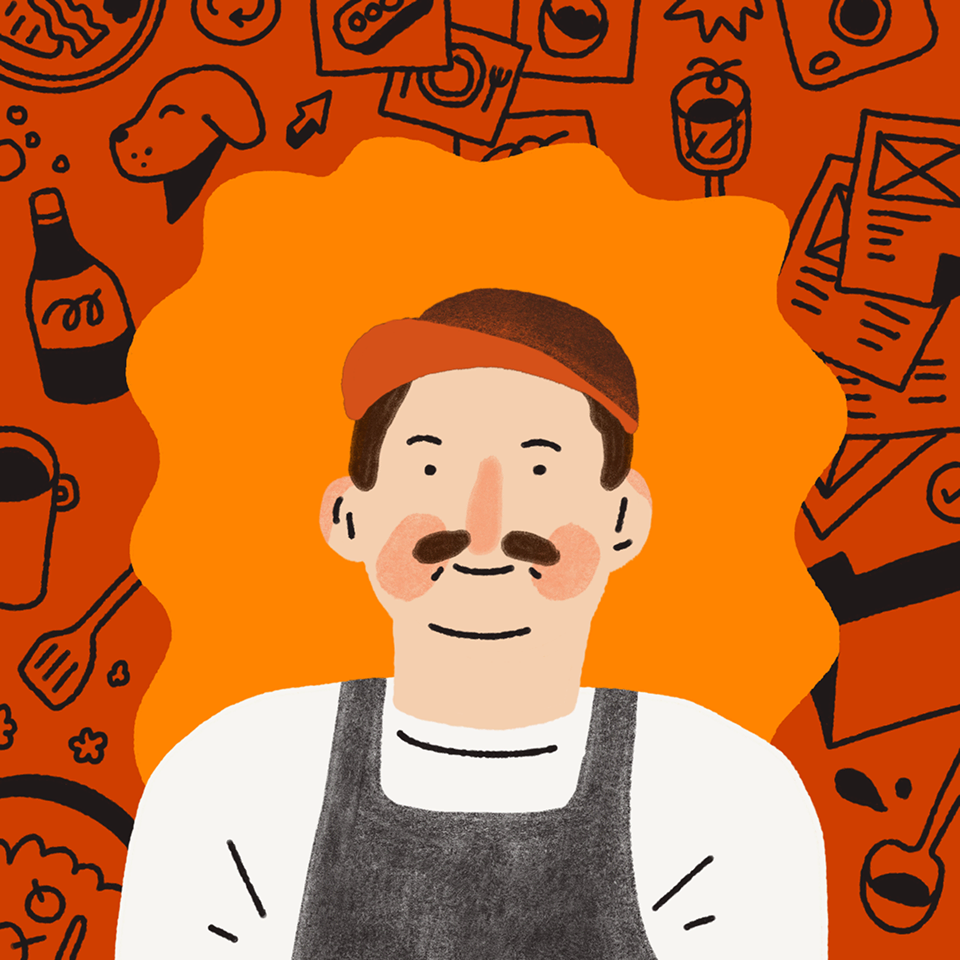





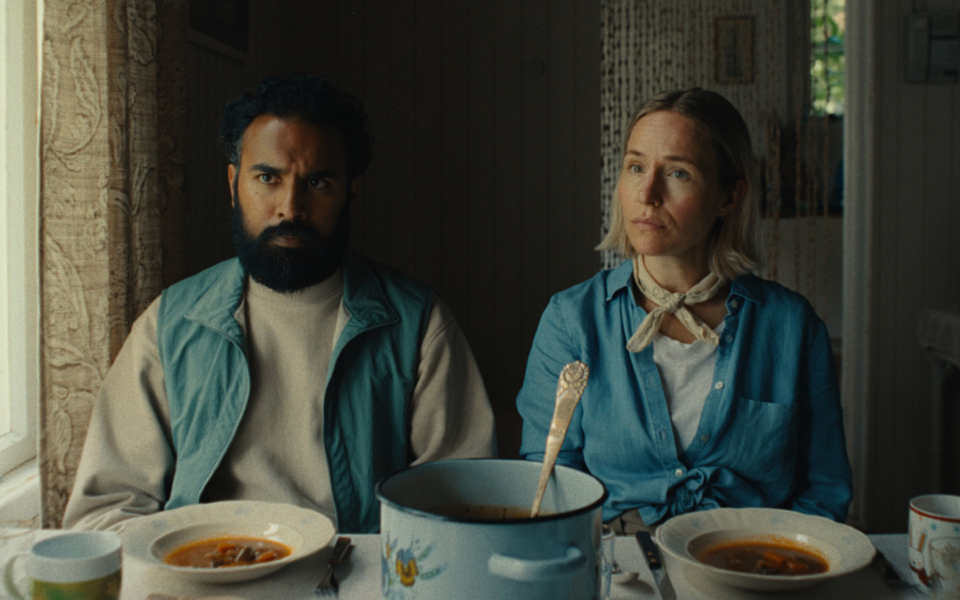
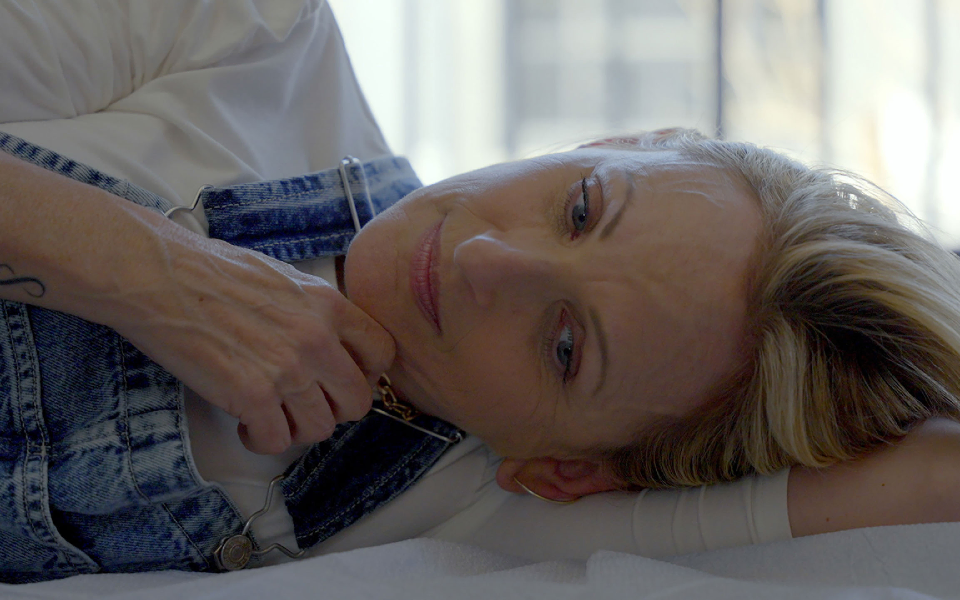





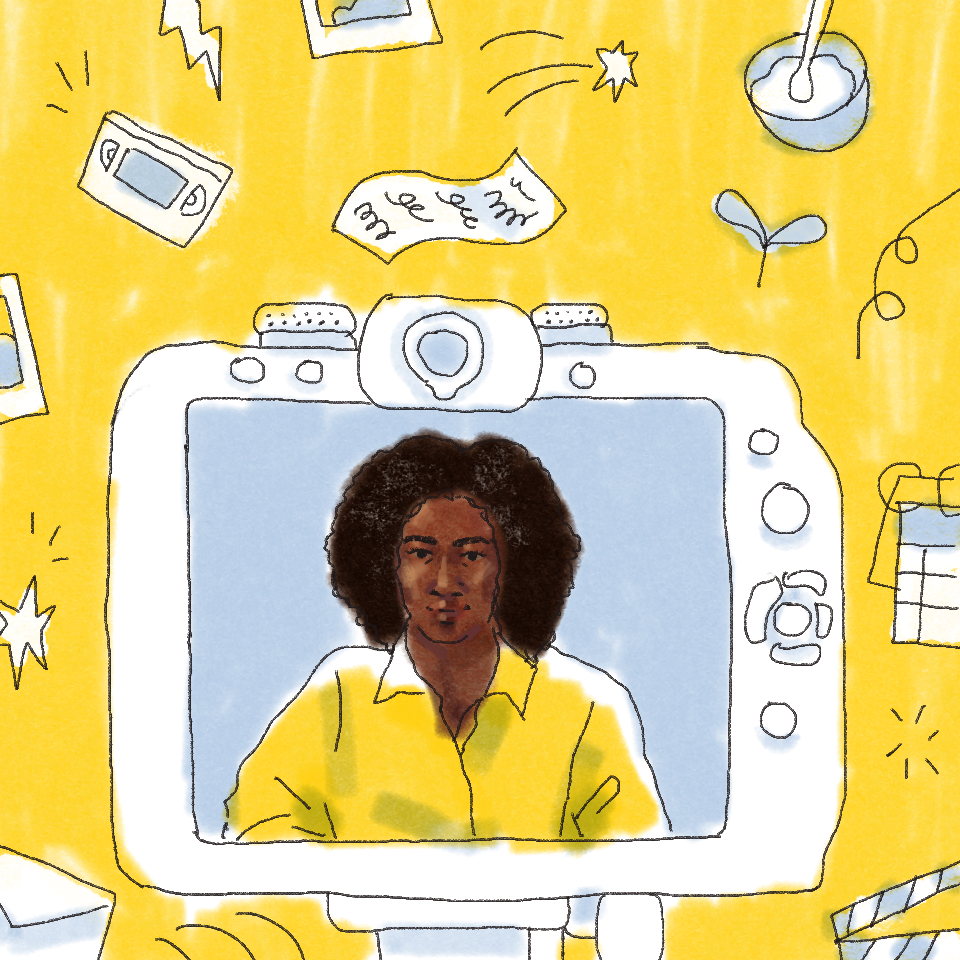
.jpg/_jcr_content/renditions/1200x628%20(5).webp)

